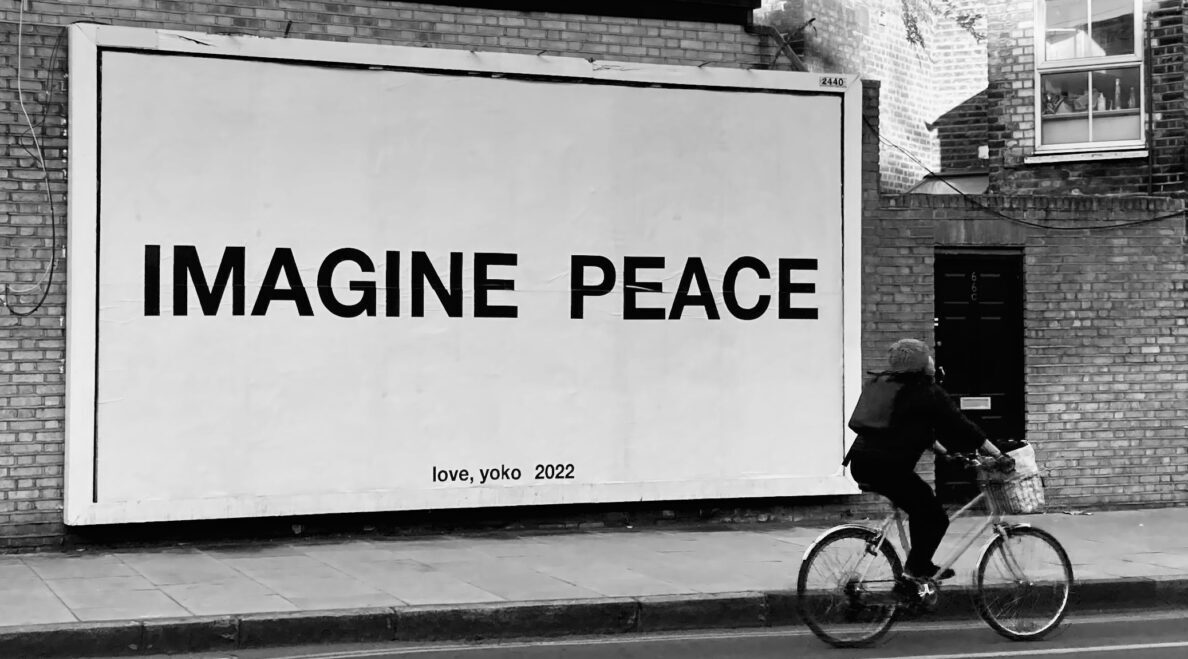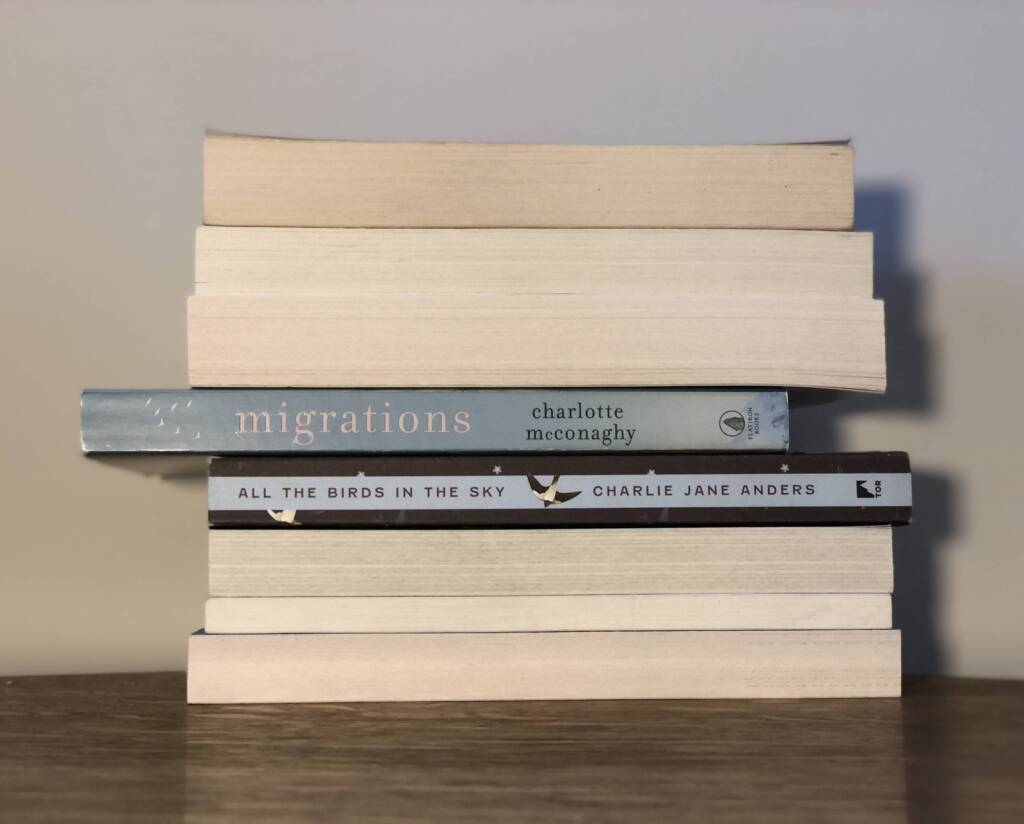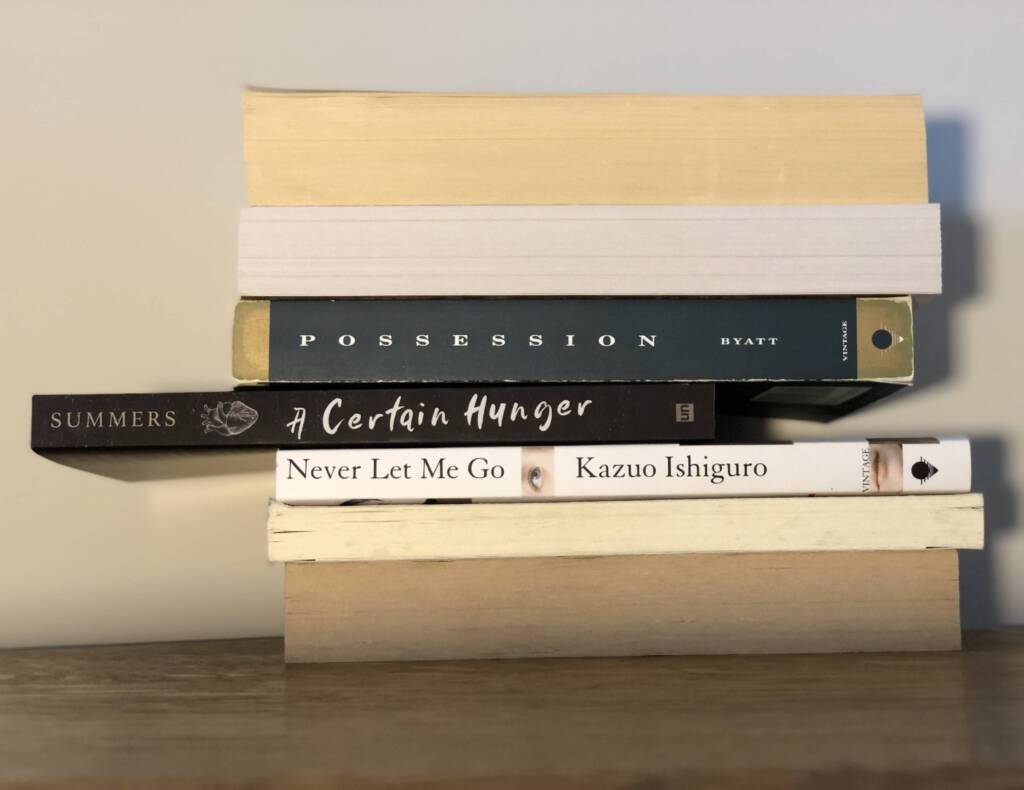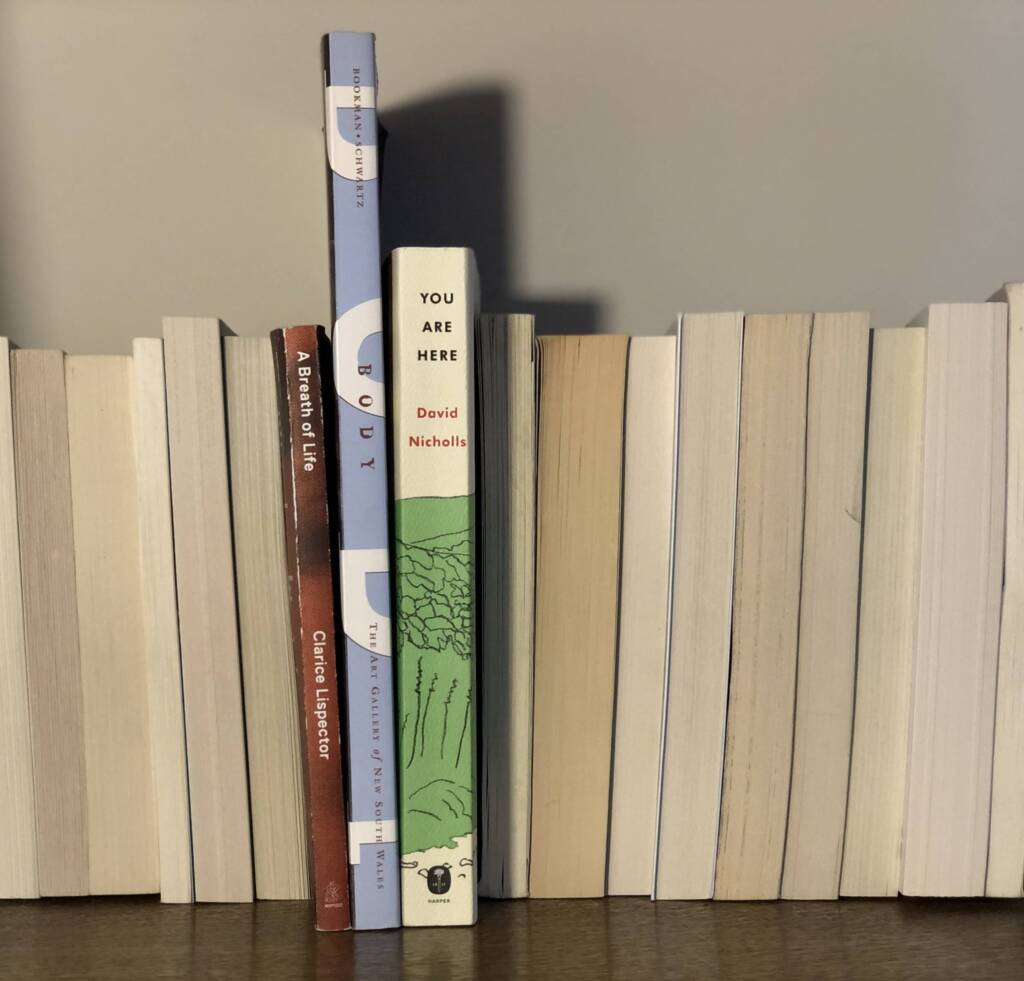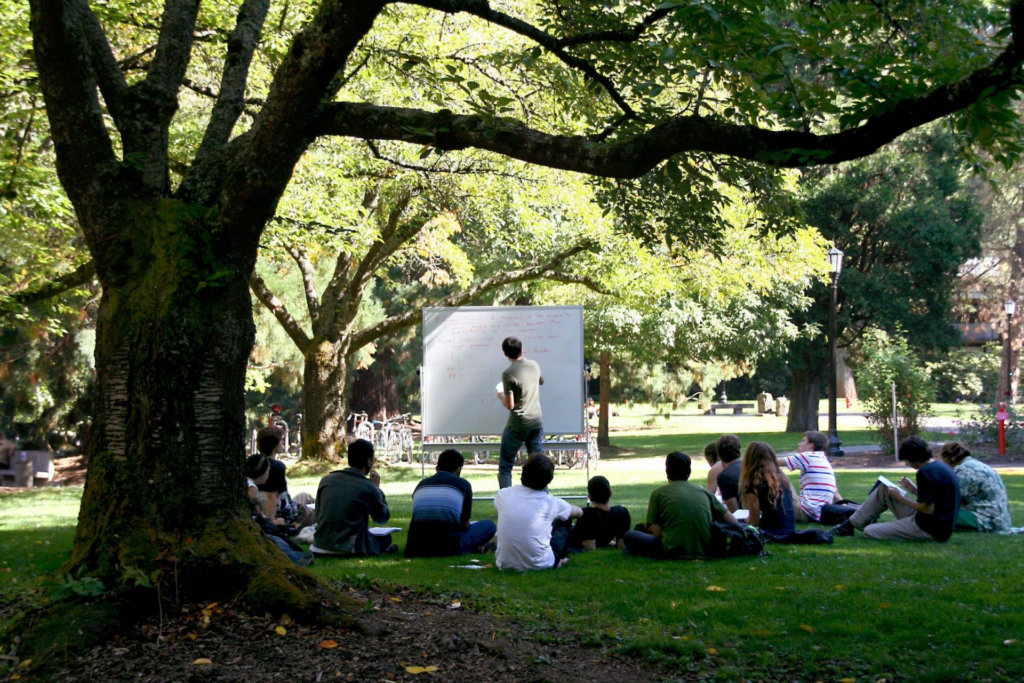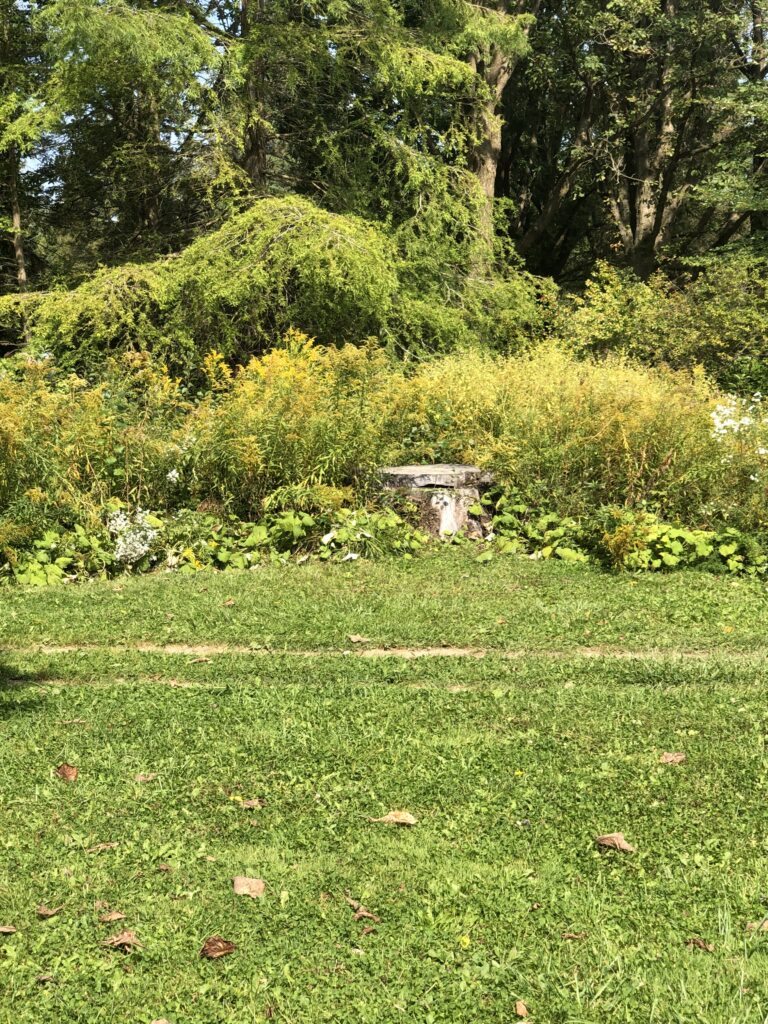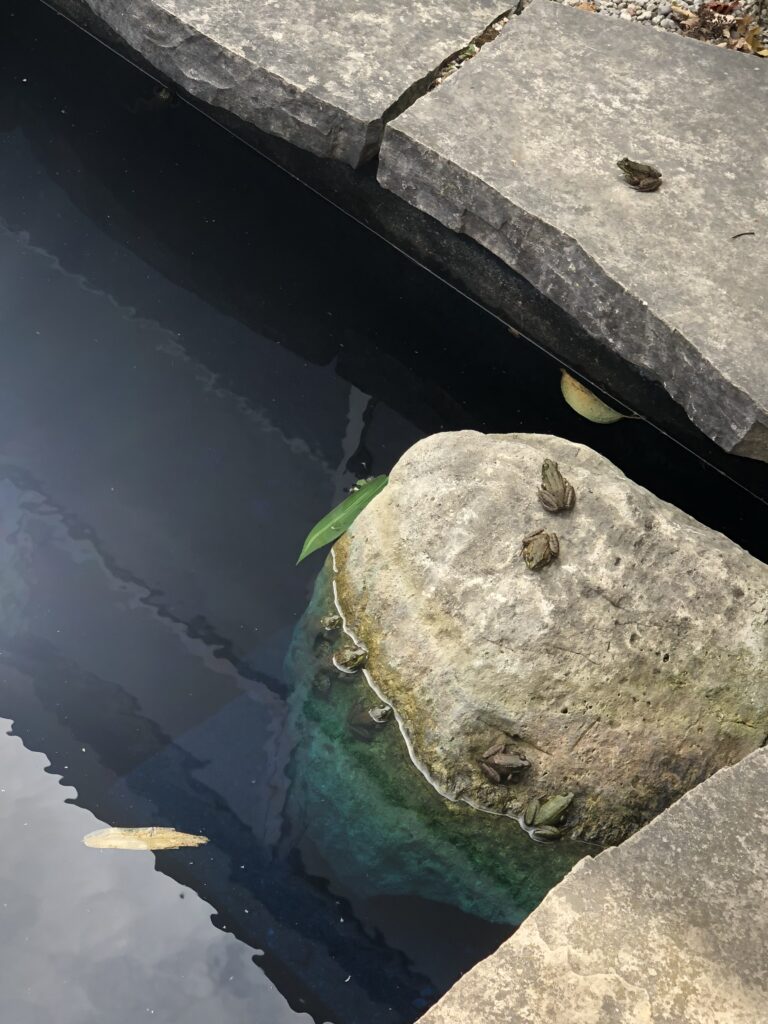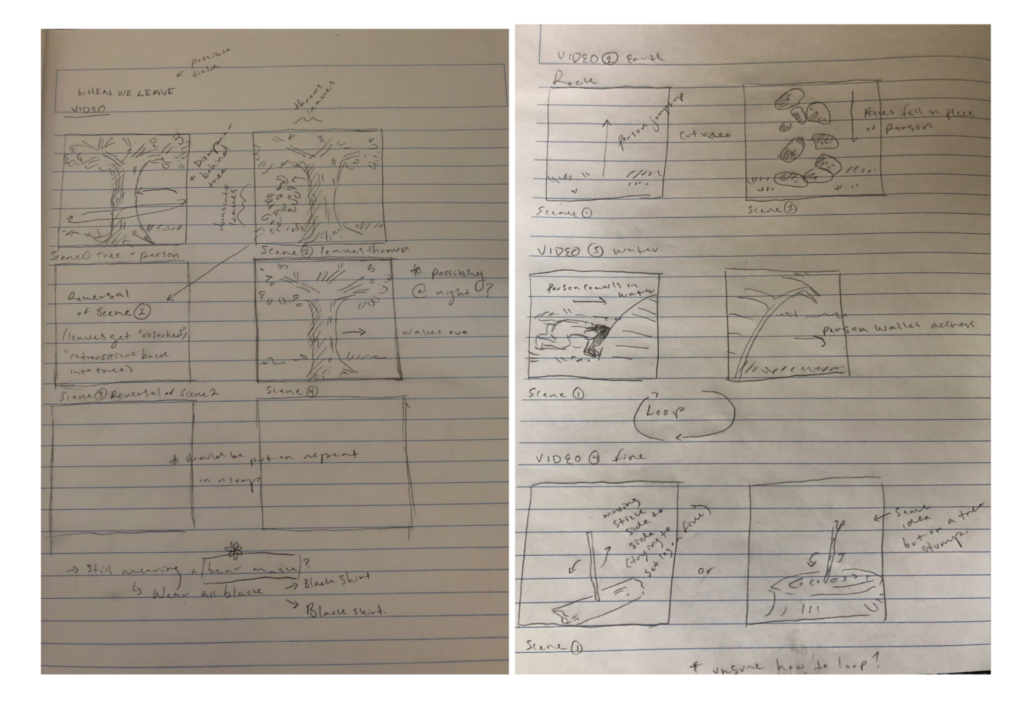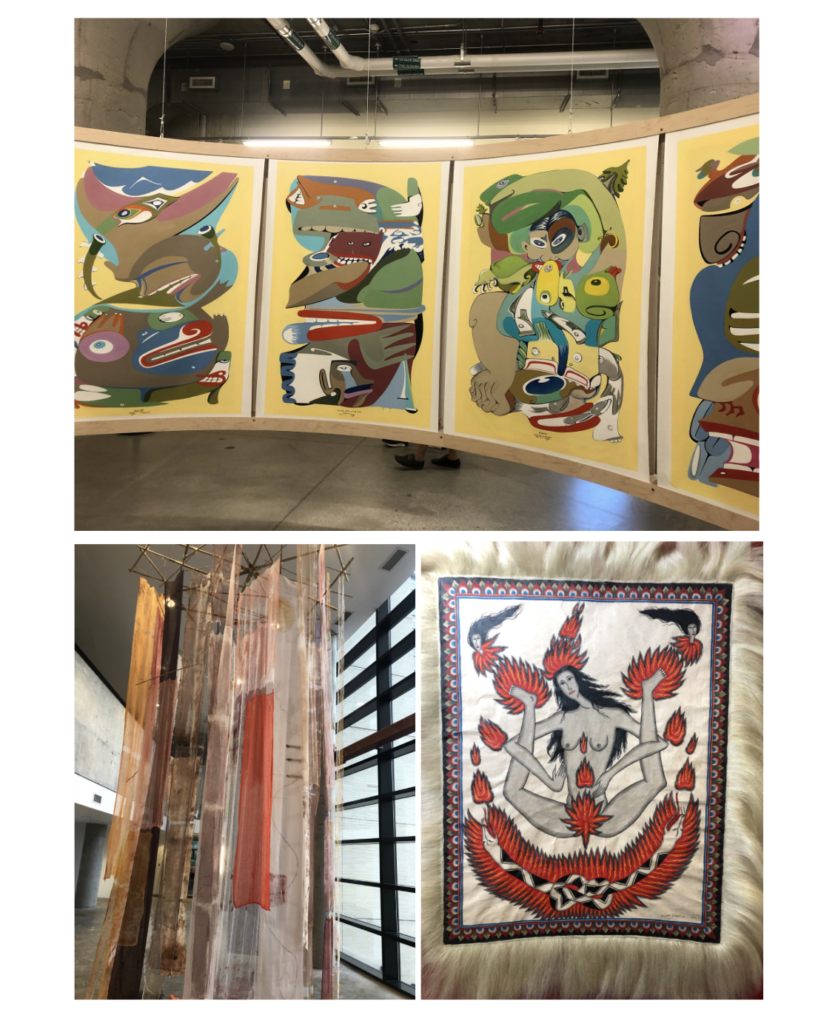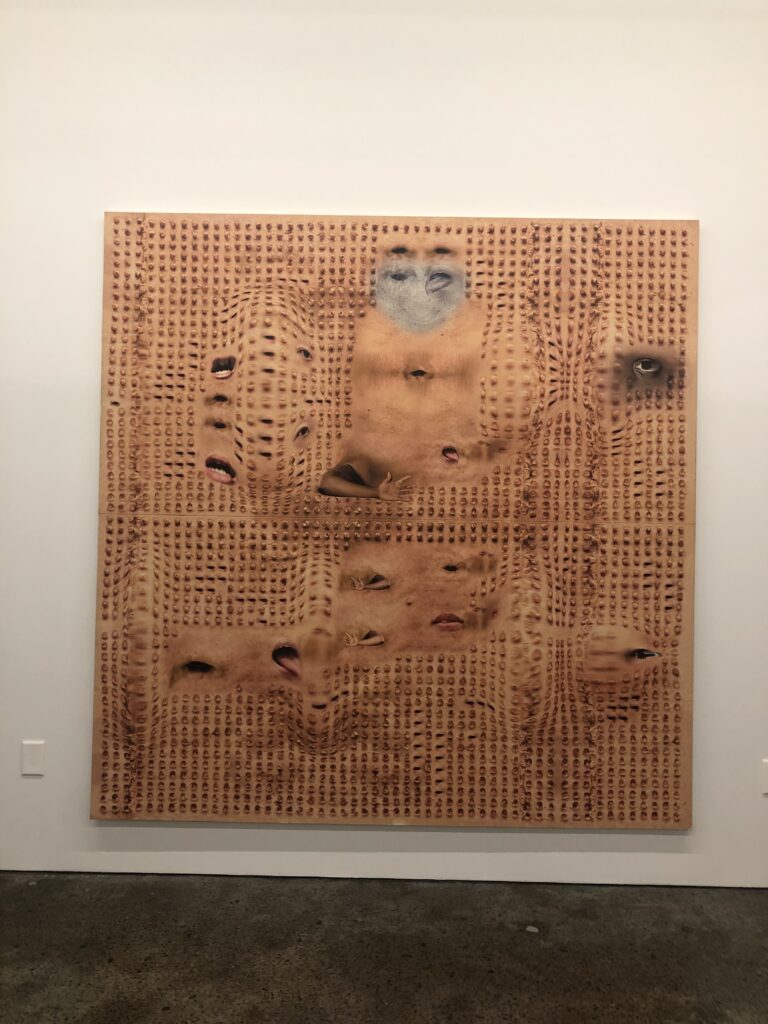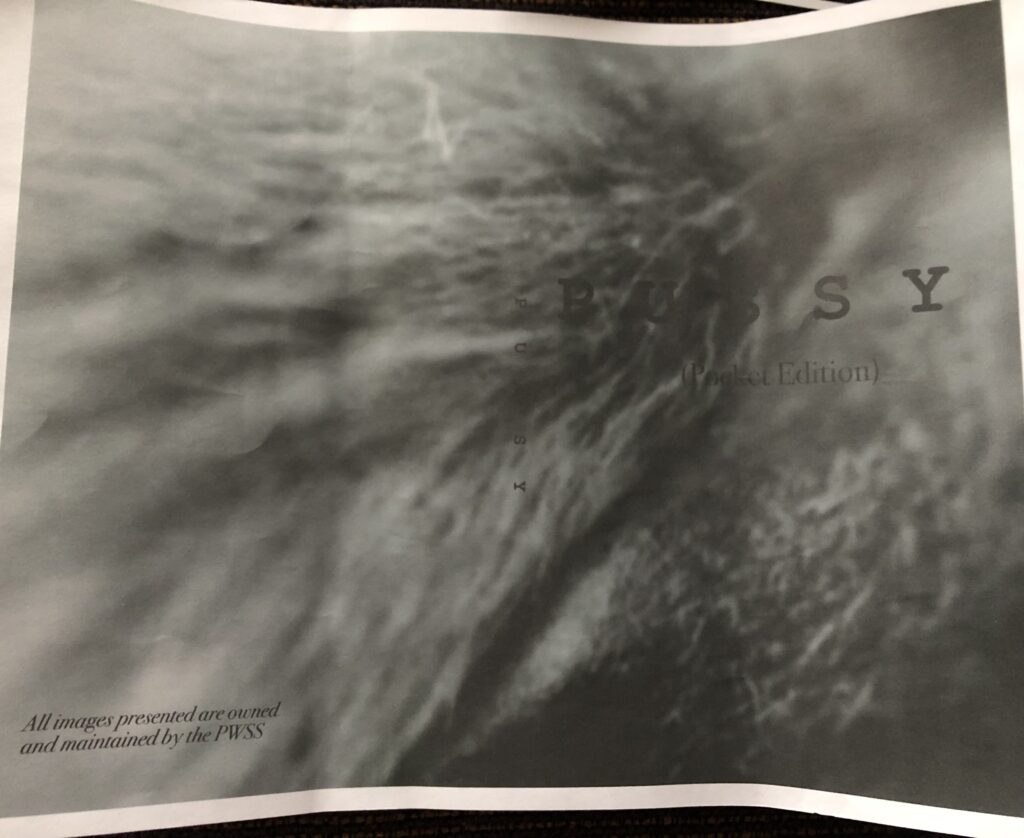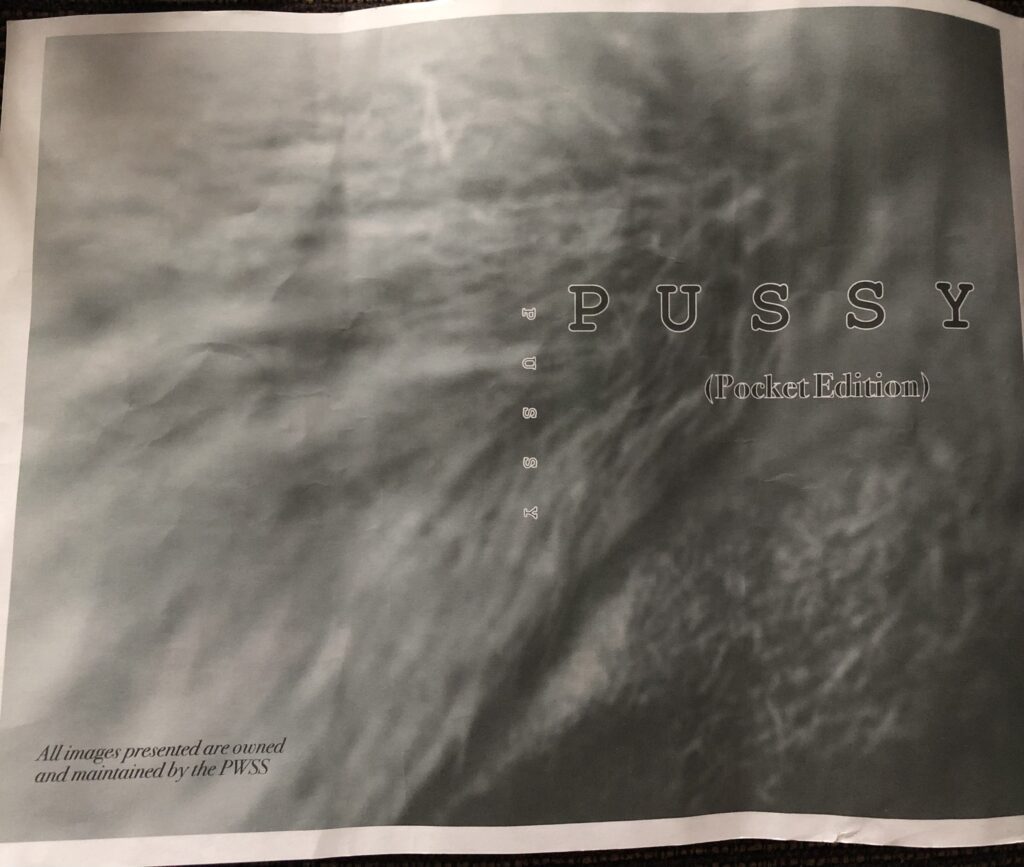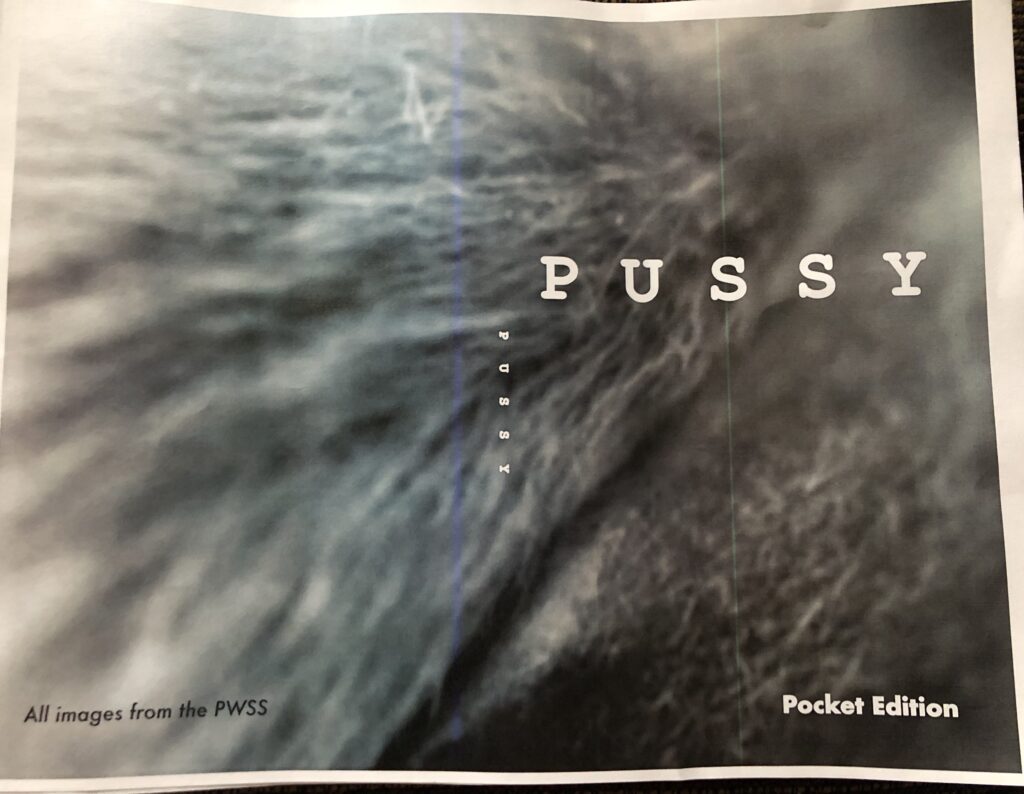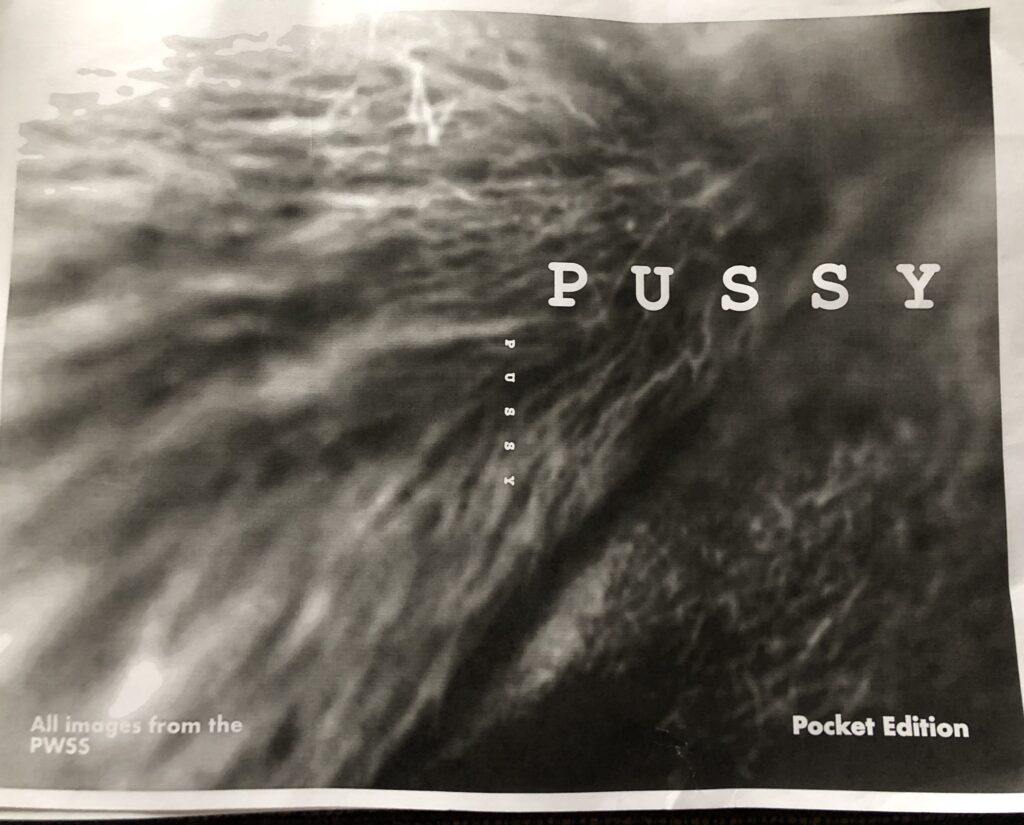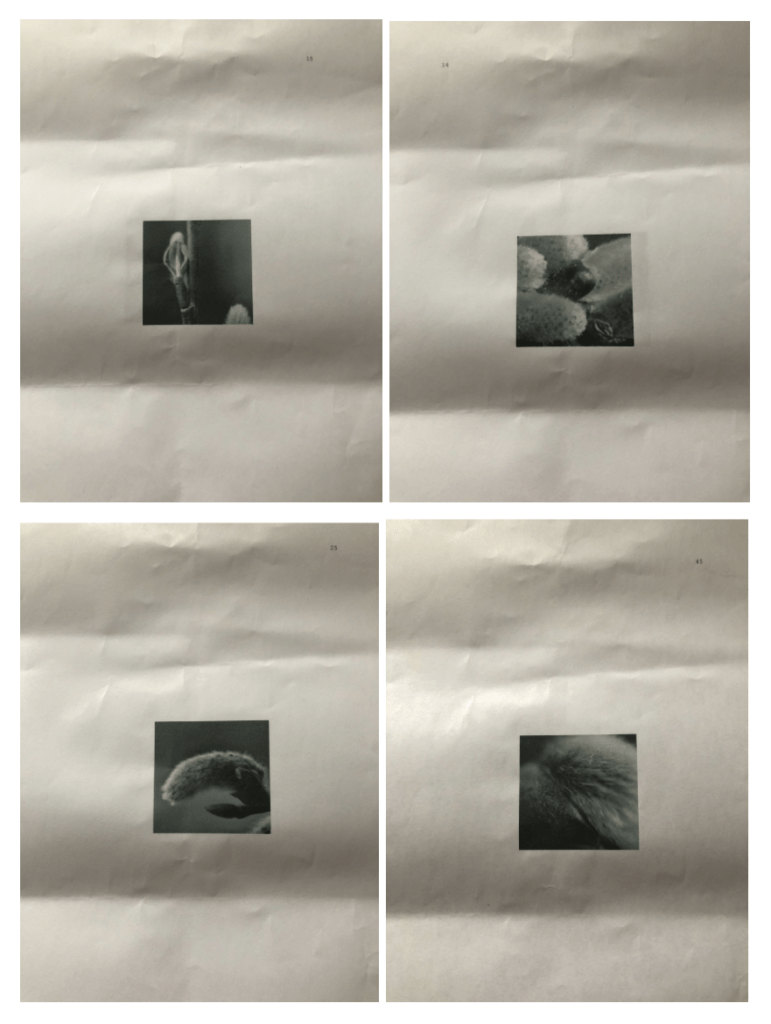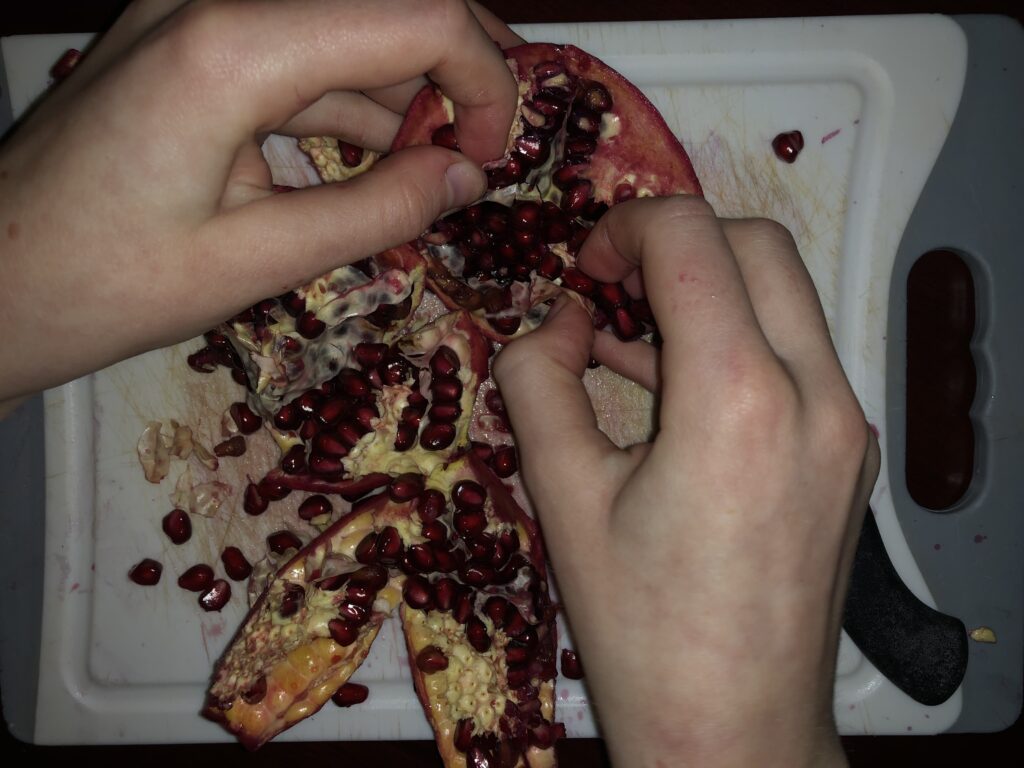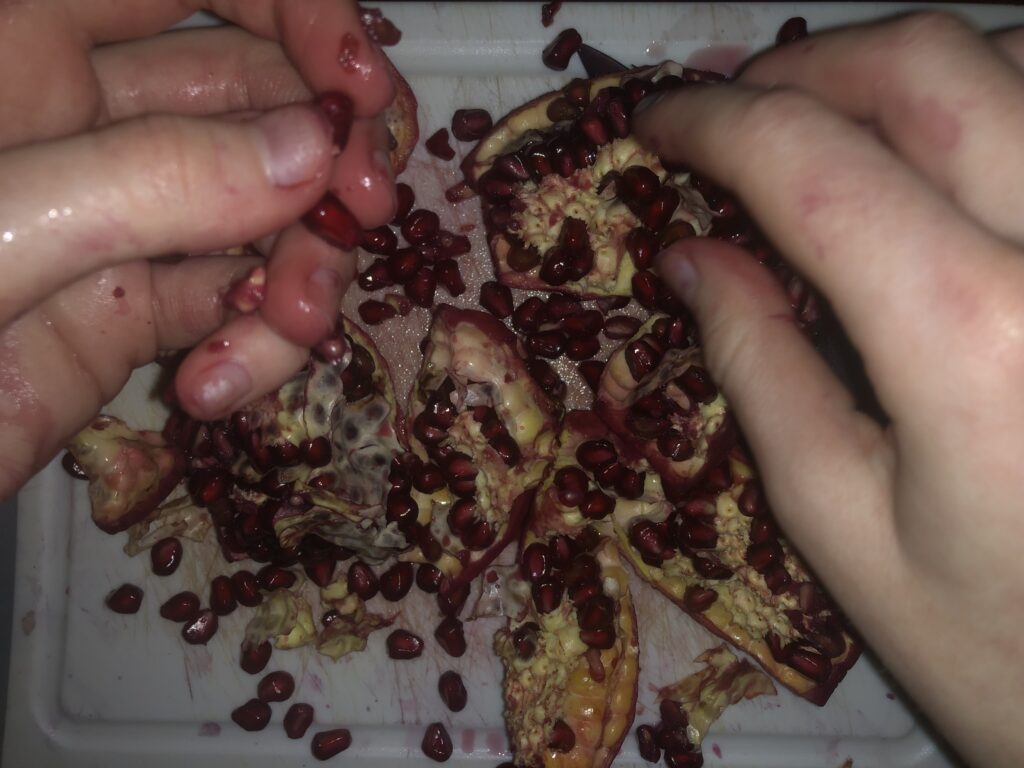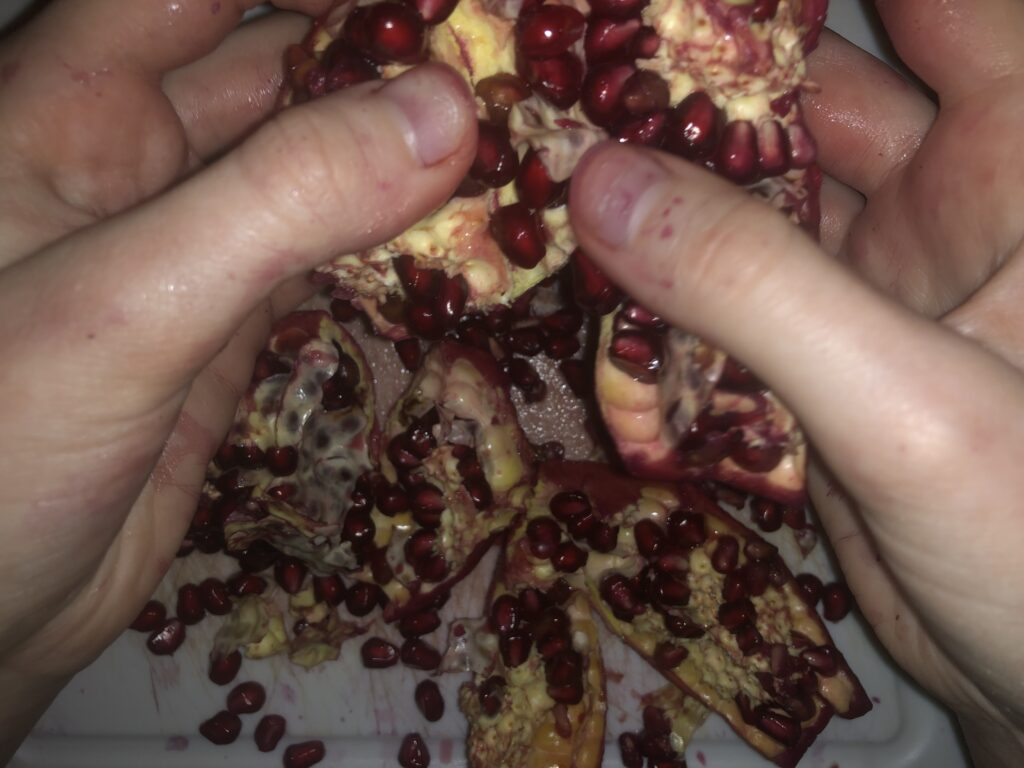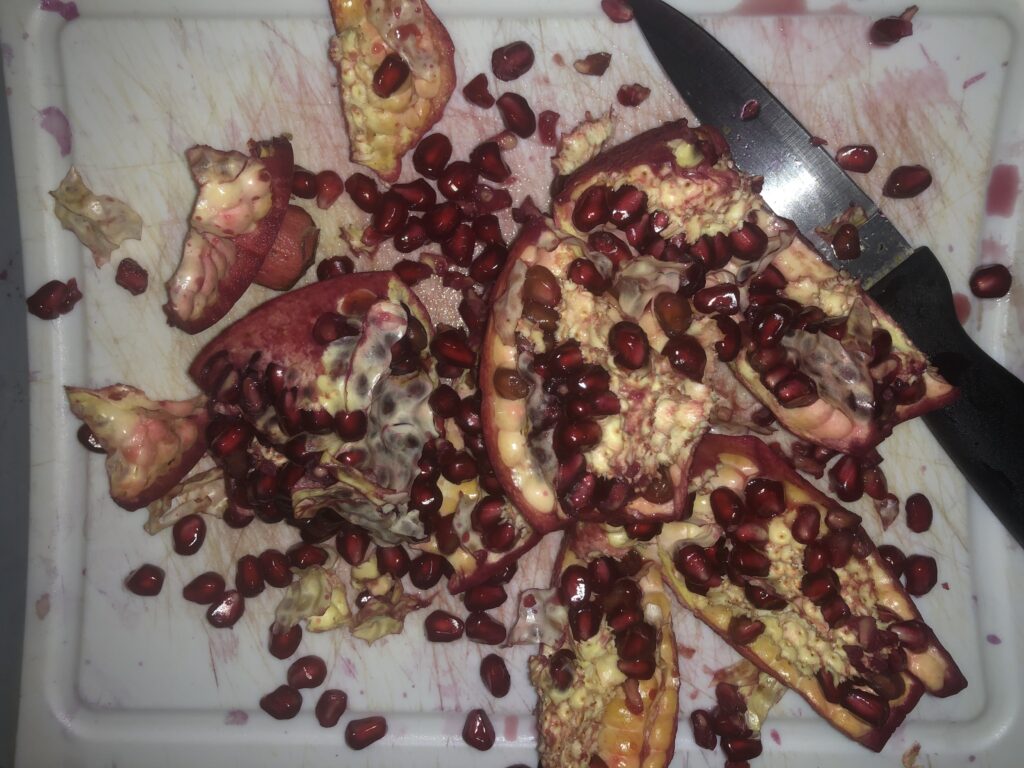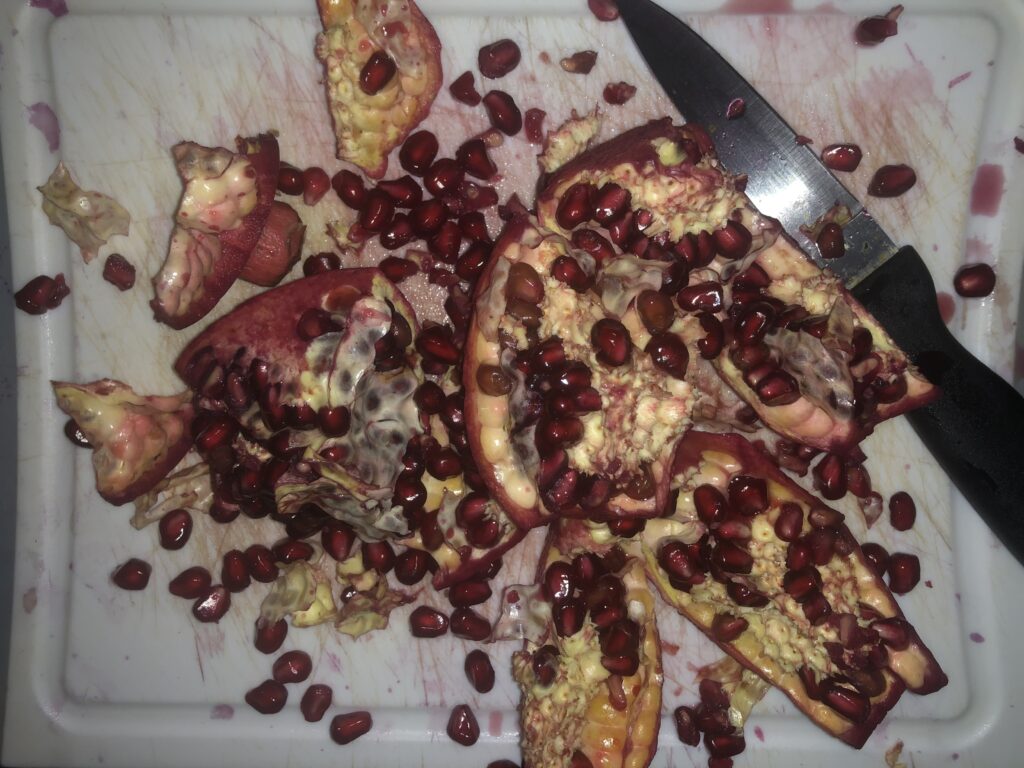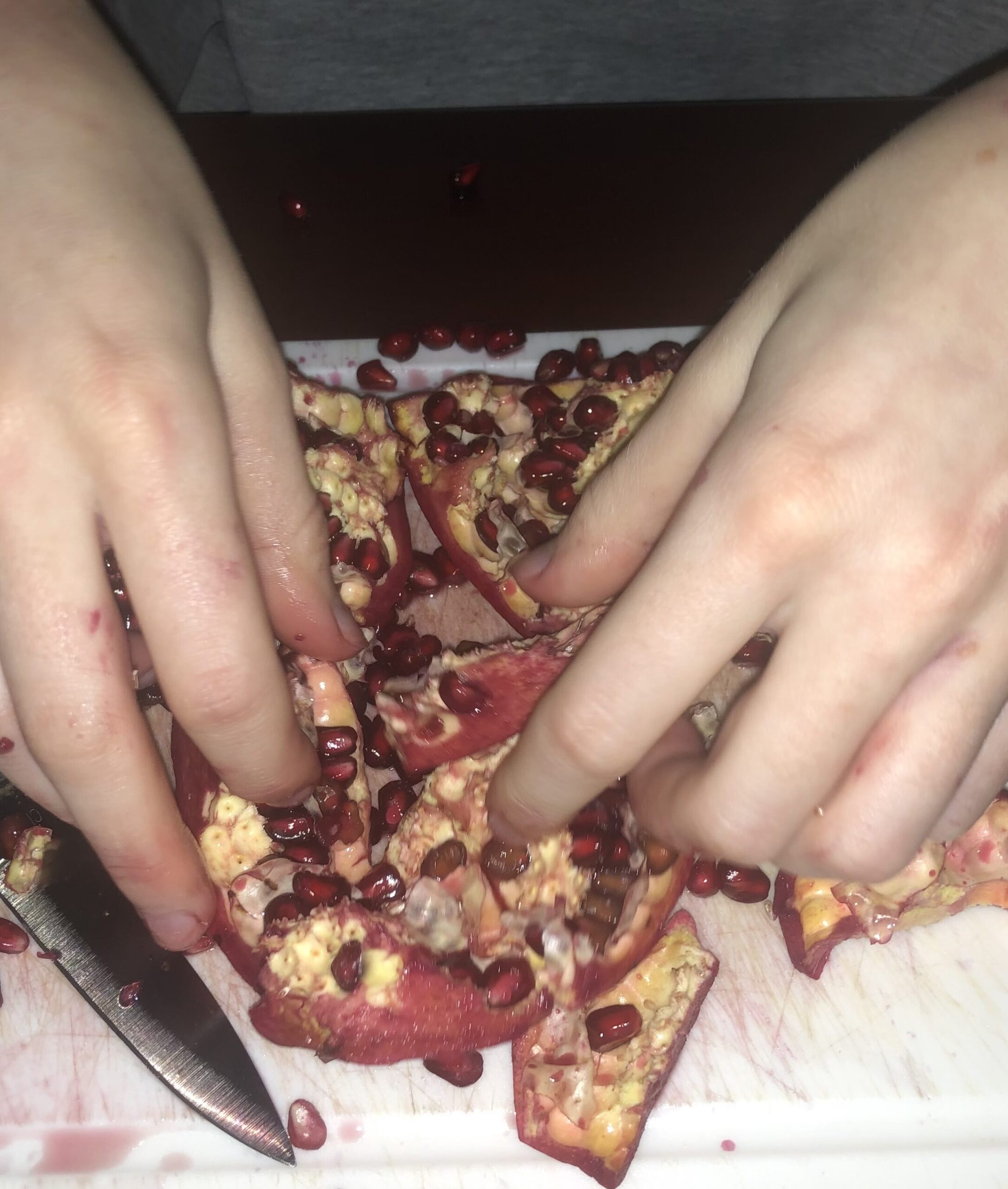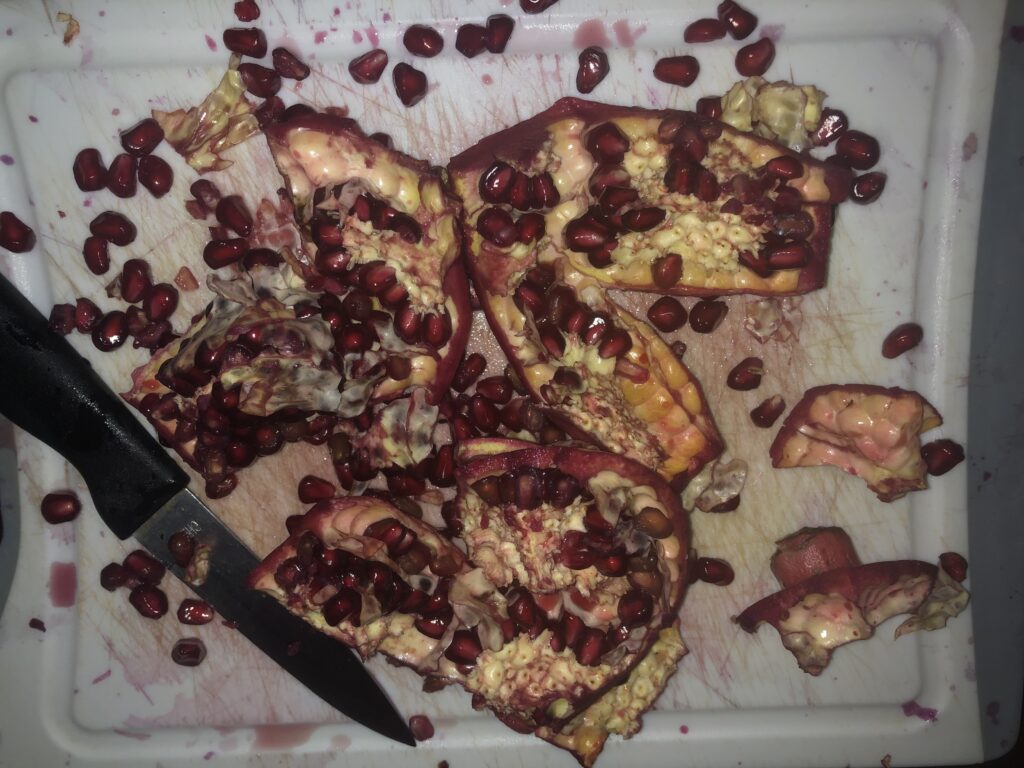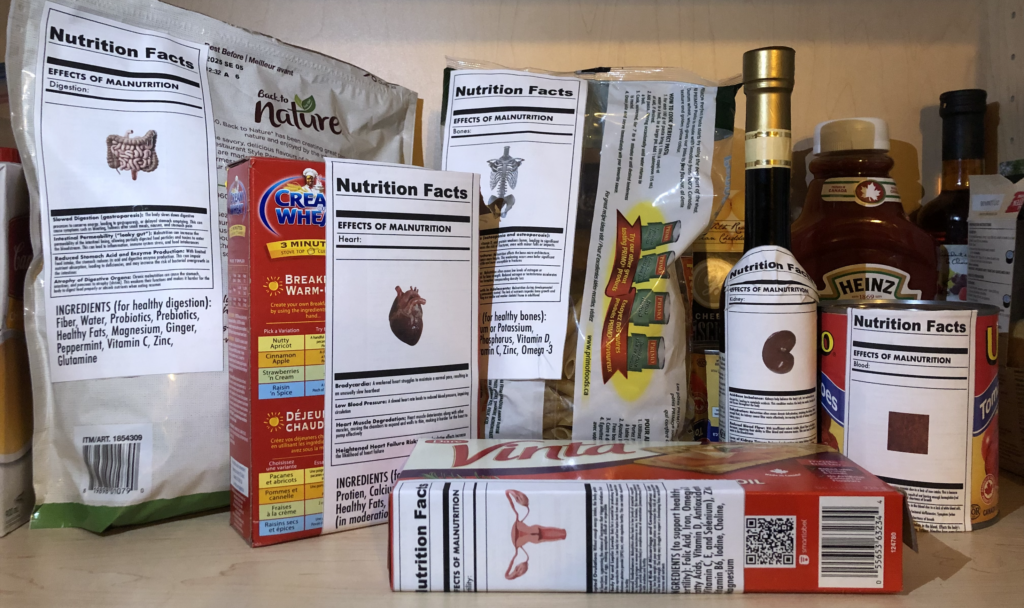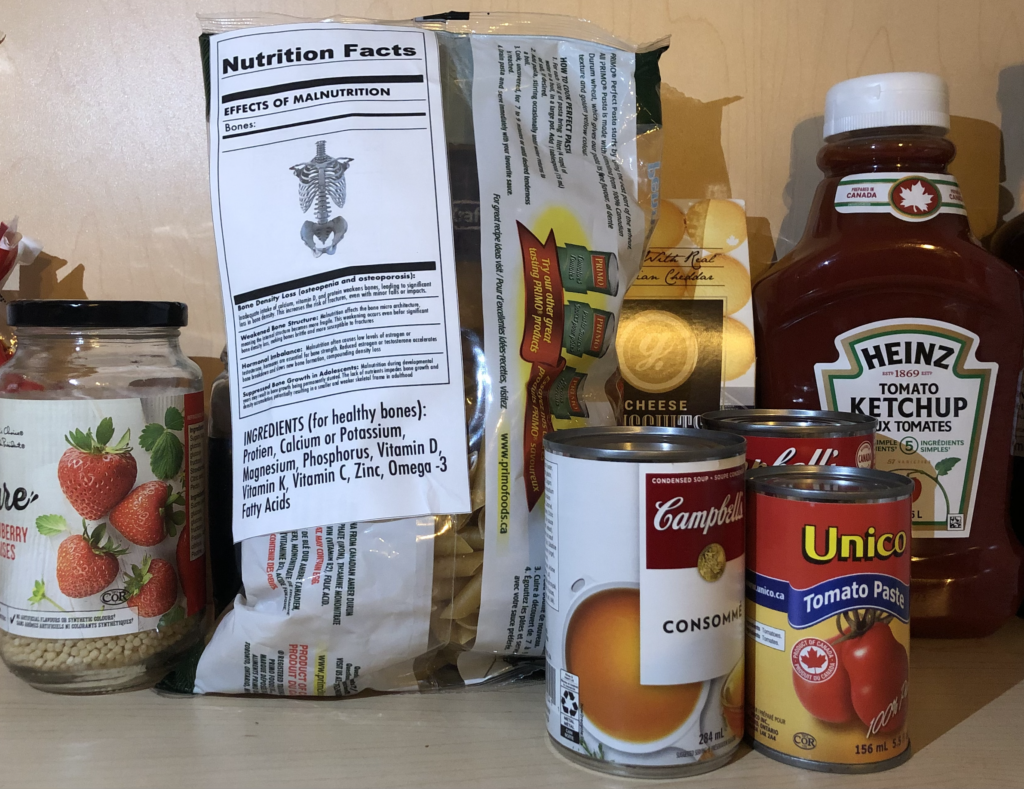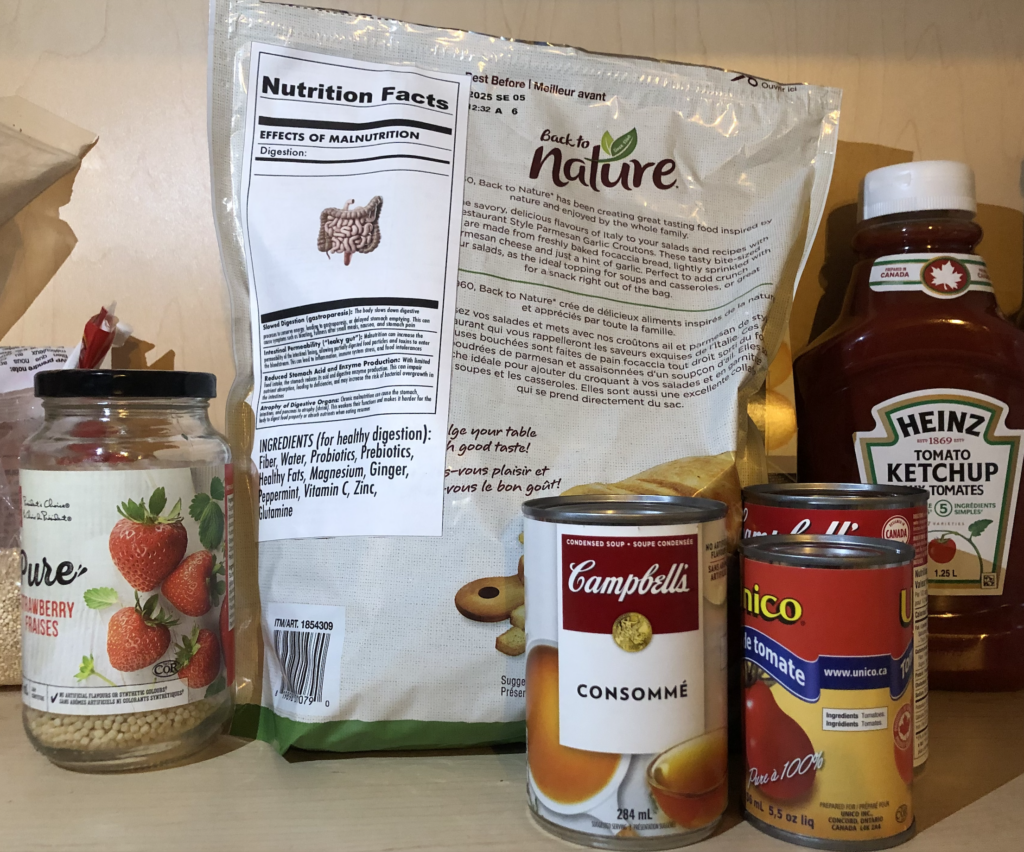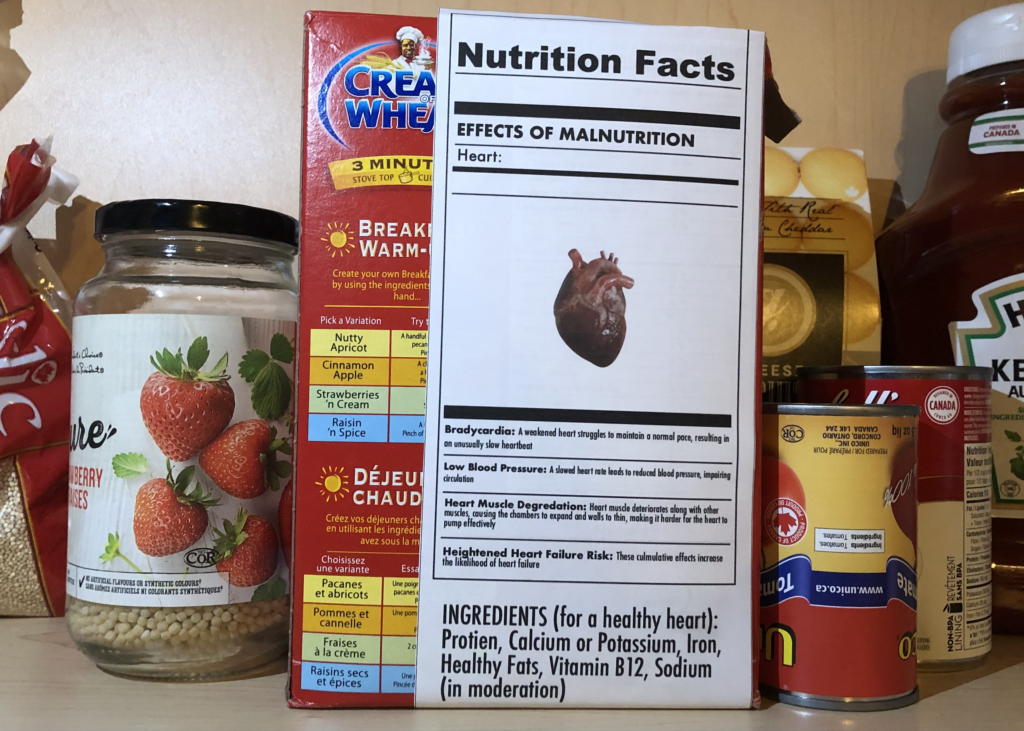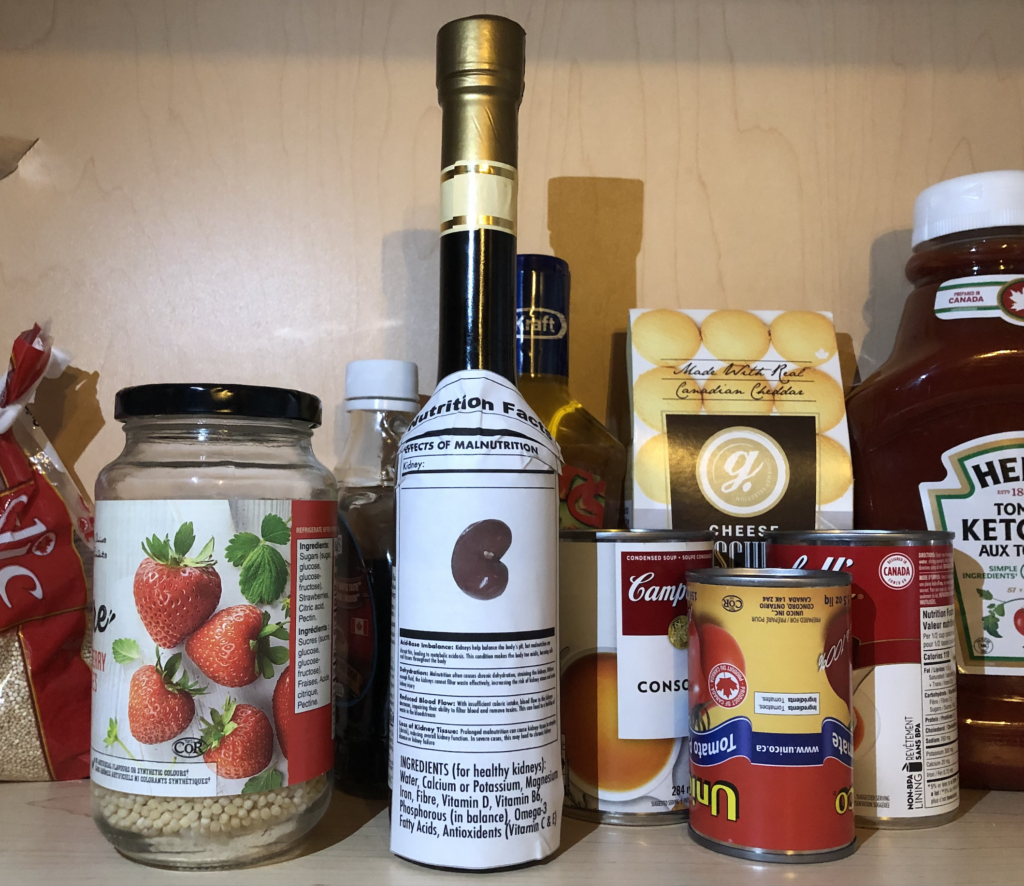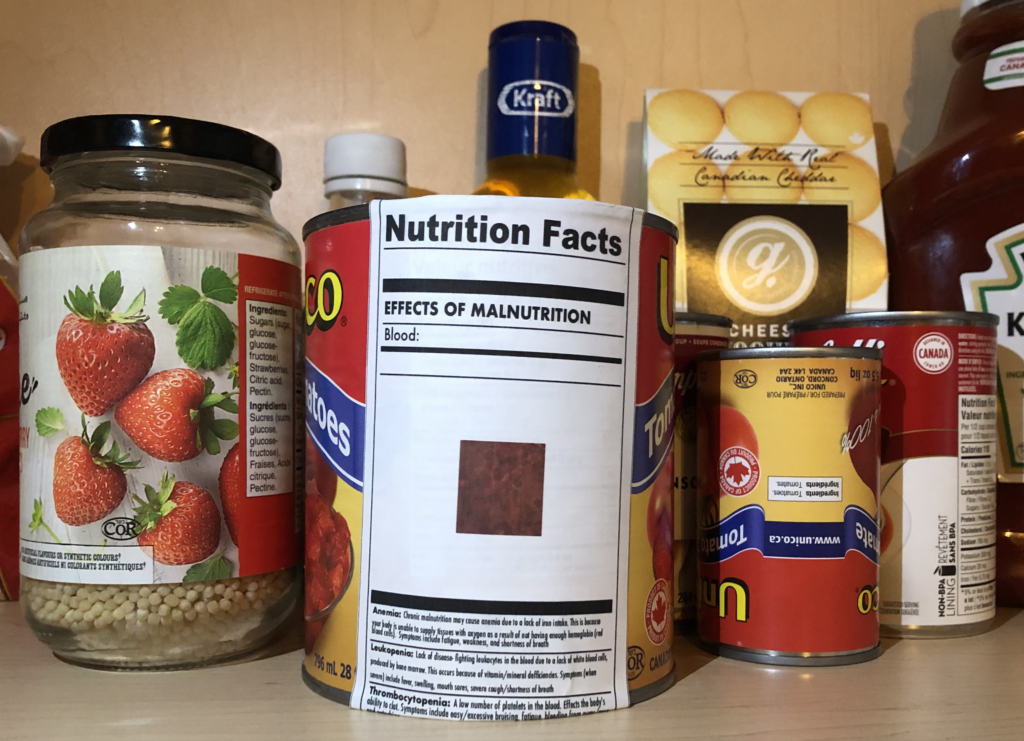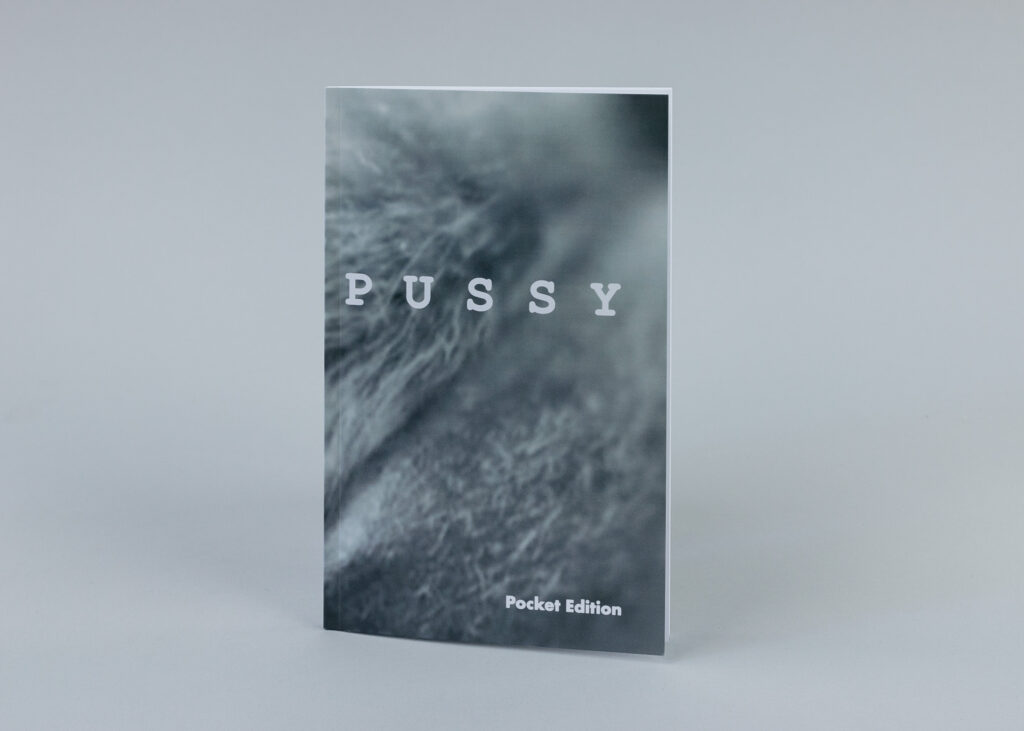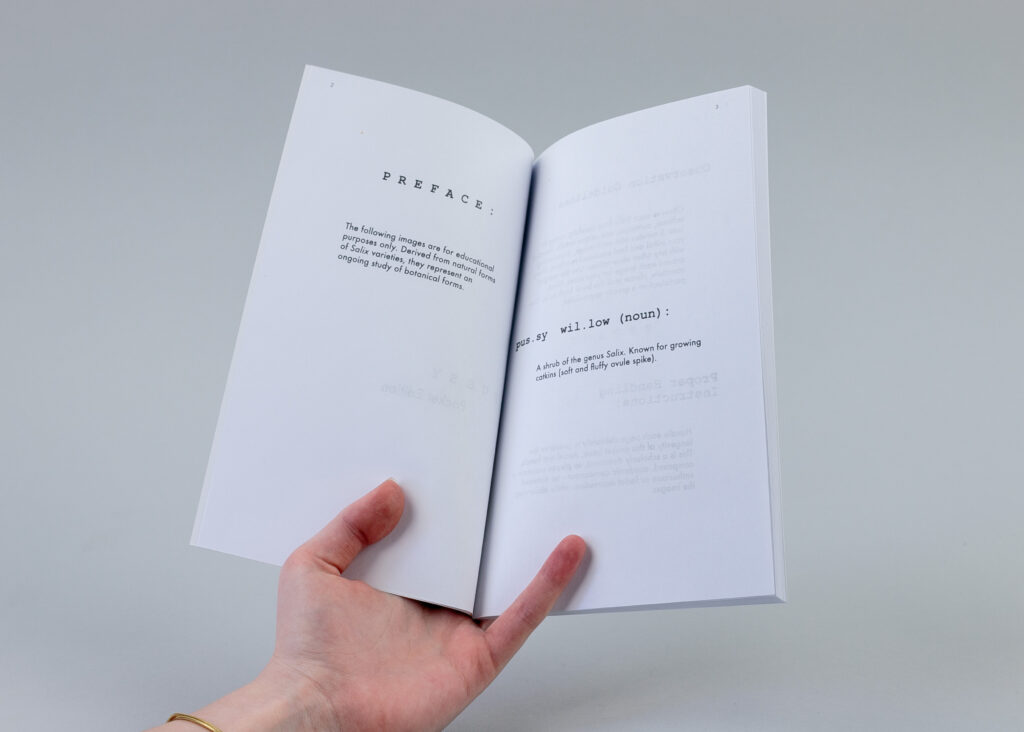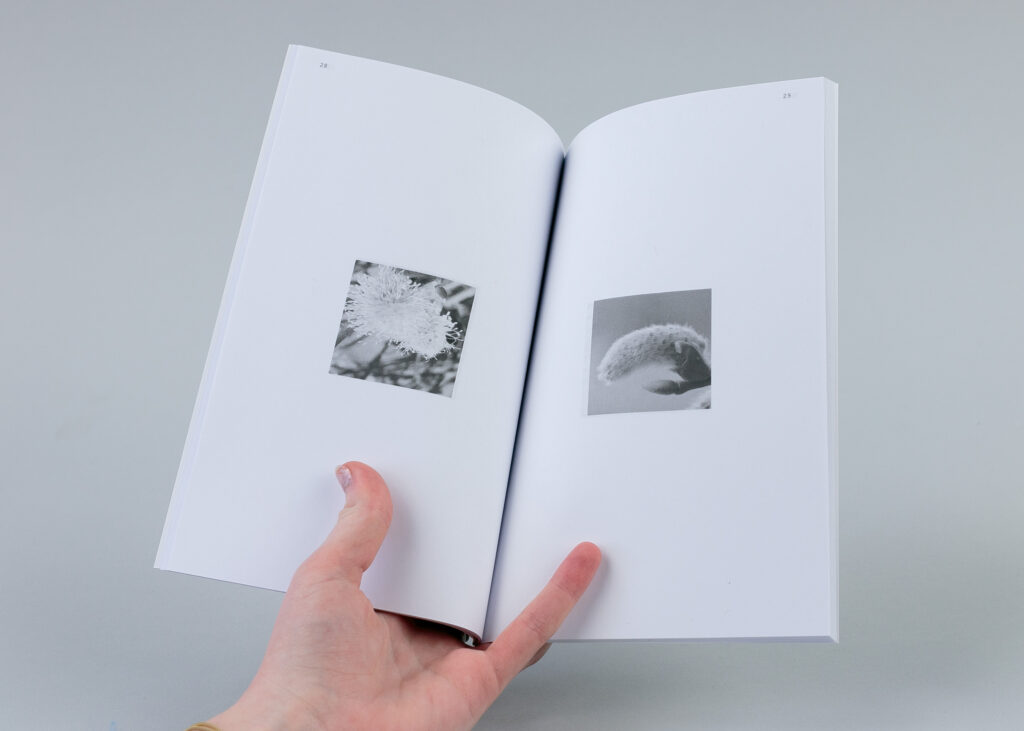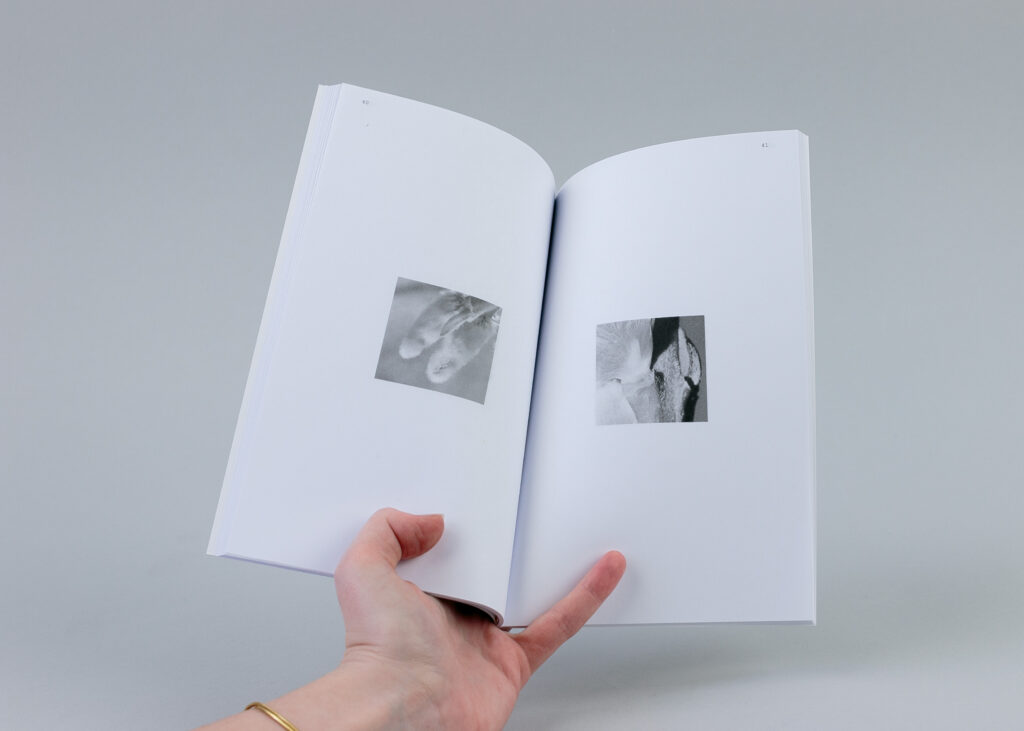Banner Assignment
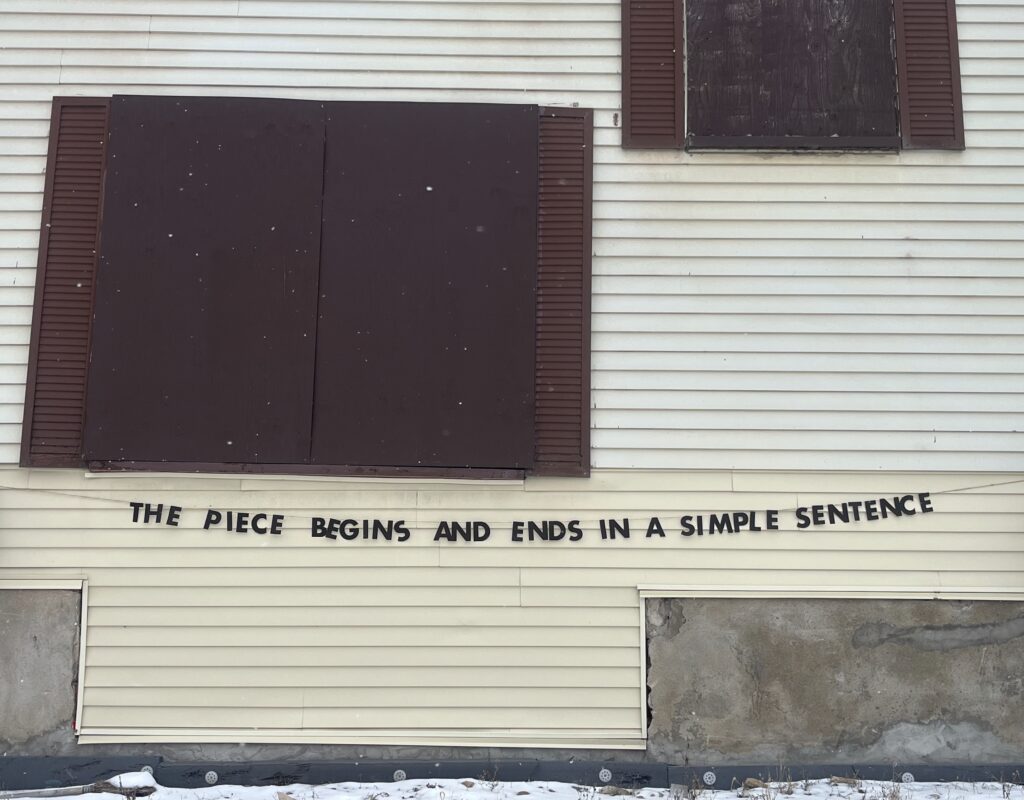
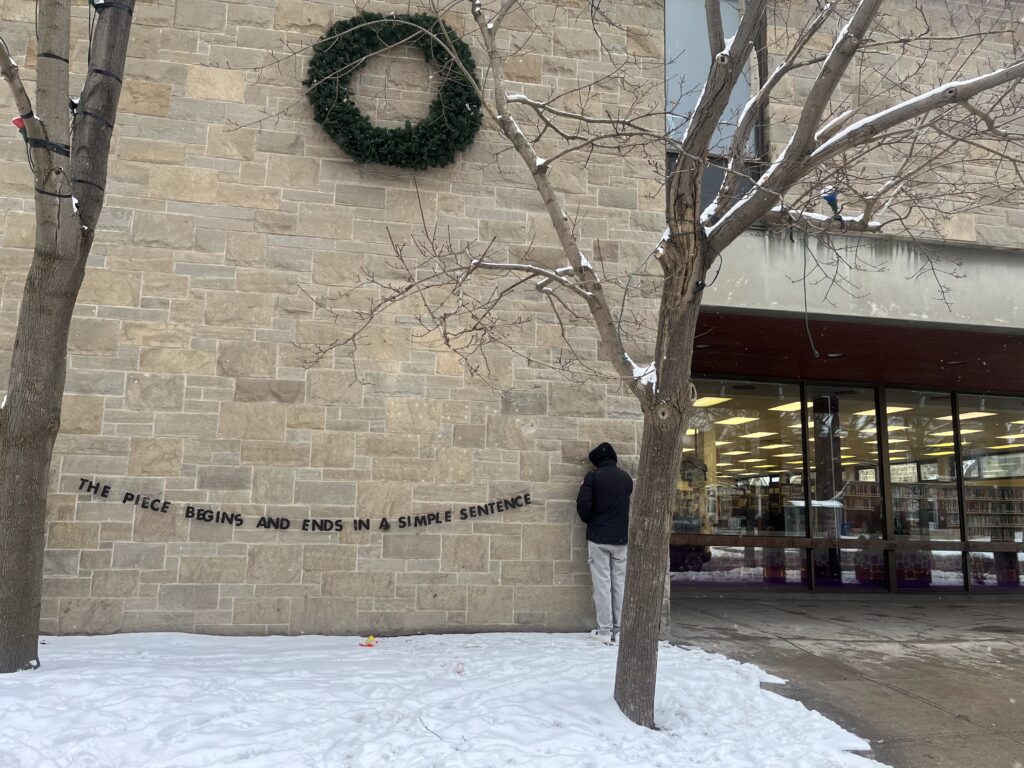

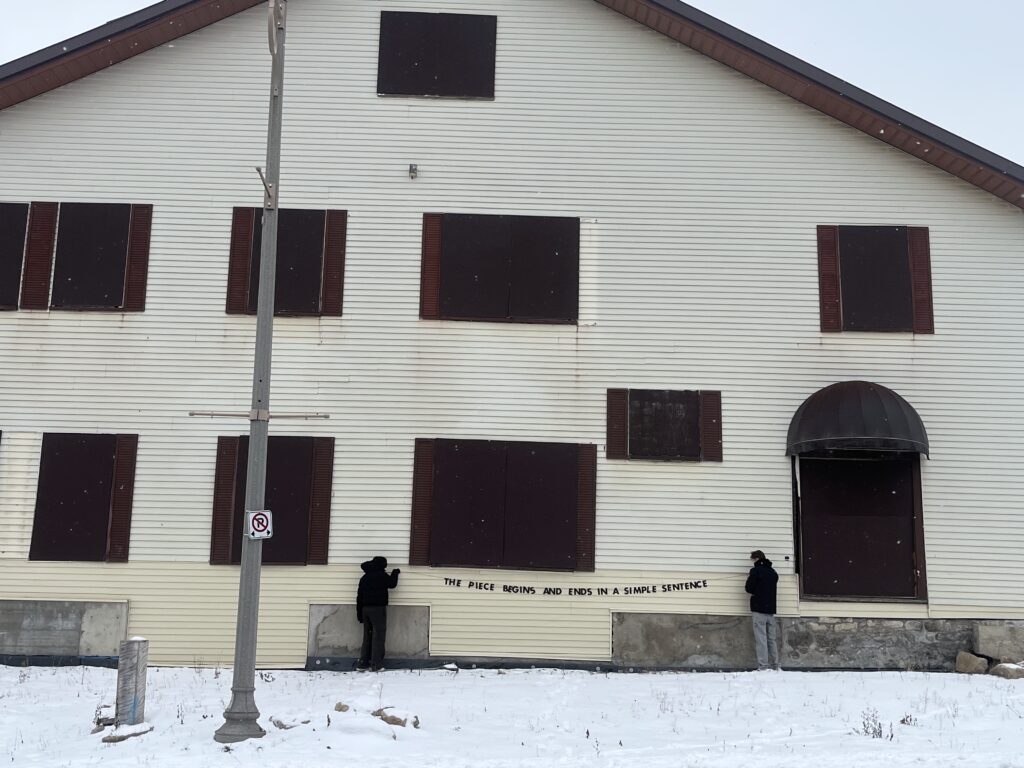
This banner explores the interplay between simplicity, context, and meaning through the statement: “The Piece Begins and Ends in a Simple Sentence.” It is photographed in four distinct locations-an abandoned building, an abandoned school, a church, and a library -each adding unique layers of meaning to the statement. In the abandoned building, the sentence takes on a haunting tone, reflecting forgotten narratives hidden within its deteriorating structure. The stark simplicity of the phrase contrasts with the building’s decay, evoking a sense of untold or abandoned stories. At the abandoned school, captured in video format, the setting resonates as a place once defined by beginnings-where knowledge was cultivated-now left empty. This juxtaposition amplifies the theme of endings, reinforcing the cyclical nature of the statement. Displayed outside a church, the banner invokes themes of faith, purpose, and existential cycles. Beginnings and endings are deeply rooted in religious teachings, and the phrase serves as a meditative focal point for reflection on life’s transitions. Finally, when hung in front of the library, the banner reflects its phrase in a literal sense. Libraries, as repositories of words and knowledge, are symbolically reduced to a singular essence: holding words. The banner invites viewers to consider the relationship between complexity and simplicity in the pursuit of meaning. Overall, I enjoyed discovering and experimenting with locations that could infuse the banner with new interpretations, demonstrating how context profoundly shapes meaning.
Internet Videos: POVs
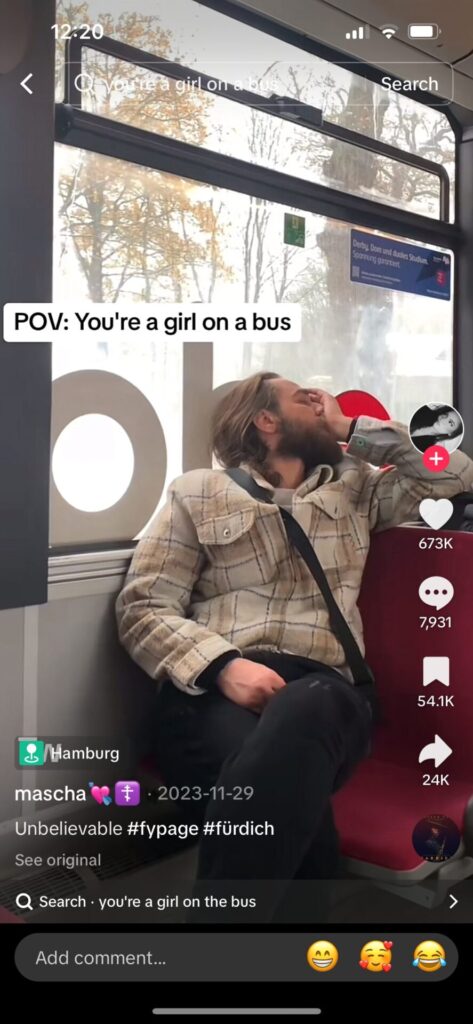


Neil Postman : Amusing Ourselves to Death
- Computerized and digital era turning public life into entertainment
- Overwhelmed with information glut because of bottomless appetite for TV and everything meaningful will become meaningless
- College kids have the ability to understand if this book is still relevant today
- No more ability to sit by oneself to think without the need for digital distraction
- Desensitisation of news outlets because of the need for sequenced information ex. Global warming followed up by a cheerful news anchor talking about moving on to the next segment which may not hold the same value as the very serious story discussed before. (the sequence is random which associated with incoherent/psychotic)
- In a professor’s class of 25, 23 will write papers about the information in this book and two would be uninterested in it
- Students disagree and are defensive over negativity on TV presented in this book. TV was seen as a “parent” and an important part if their culture
- Amusing ourselves to death is a call to action
- Since the book came out; news consumption in young down, network and entertainment are mashed together
- This led to Jon Stewart’s valid point: “that serious news and show business ought to be distinguishable, for the sake of public discourse and the republic”.
- Communities collapsing: people not participating in club meetings often, families reduced sit down dinners, friends don’t come over as often/ know their neighbors
- Computers “necessary” for school with administrators pushing this notion
- Average 4.5 hour TV day in America
- The book prompts insightful questions such as ‘what happens when we become infatuated with technology?’ and ‘does free time imprison us?’
- Postman was not pessimistic, assessed technology in a way that was cautious to open future surprises not necessarily to condemn it
- The book was “ahead of its time” with the information resonating more so now then earlier decades
- 1985 ABC Nightline Postmans discusses how TV’s focus on brevity and feel-good content undermines meaningful discourse
- Different american cities have symbolized cultural and historical shifts ex Boston 18th century:Political radicalism
- Las Vegas= society where public discourse becomes entertainment ex. Politics, religion, news education have been transformed into show business
- Entertainment has impacted politics and leadership with politicians focused on their performance not ideology
- Media prioritizes visual appeal: candidates with less visual charm are not considered. Cosmetics and image management have replaced substance
- Several other things have now been shaped by entertainment such as journalism and business
- Cultural decline with public being dominated by entertainment values
- Media shapes content ex. Smoke signals cannot support philosophical discourse
- News of the day is a product of technology
- Decline in print culture has reshaped politics, religion, education, and public discourse with television emphasizing entertainments, ultimately transforming the content and meaning of cultural conversations
- Book was influenced by McLuhan’s concept: “the medium is the message” and ancient sources such as the Bible’s second commandment, which prohibits graven images
- Suggests media forms influence cultural and intellectual life
- Speech and language structure influence worldviews
- Media as cultural shapes: writing shifted from auditory to visual language processing which enabled abstract thinking/critical analysis.
- Clocks redefined time: detachment of time from nature and human events and promoted efficiency, diminishing timeless viewpoints
- Media functions as metaphors and frame how we see reality with clocks suggesting time is a measurable sequence. Writing reimagines the mind as a tablet, the telegraph transforms news into a commodity
- Tools shape understanding of bodies, minds and intelligence ex terms like biological clock derive from tool-based metaphors
- Intelligence quantified (ex. IQ) because of tools that imply measurability
- Are some of these ideas from more than 40 years ago applicable to our own historical moment?
Quote for discussion: “how the image is undermining other forms of communication, particularly the written word; and how our bottomless appetite for TV will make content so abundantly available, context be damned, that we’ll be overwhelmed by “information glut” until what is truly meaningful is lost and we no longer care what we’ve lost as long as we’re being amused.”
Yes, the information provided by Postman remains highly relevant today. He critiques the shift in public discourse driven by entertainment, where individuals no longer prioritize the meaning behind information. Instead, the constant consumption of media has made everything seem meaningless. With the rise of social media platforms such as TikTok, attention spans have been further impacted, as we now rapidly consume short videos on a variety of topics within minutes. This aligns with Postman’s notion of society’s “bottomless appetite for entertainment.” Moreover, news outlets often overwhelm viewers with a fast-paced flow of content, desensitizing them to important issues. Postman illustrates this with examples of a news station discussing a serious topic such as climate change and then abruptly switching to a lighter, less significant topic, preventing viewers from processing the information. This approach reflects the challenge of digesting information when entertainment-driven formats dominate. Postman’s critique of the prioritization of entertainment over information is even more relevant today, as algorithms on social media and news platforms now push sensational content to capture attention, further blurring the line between meaningful discourse and mindless consumption.
- Did Neil Postman predict the age of television/video media personalities in positions of great power?
Quote for discussion: “Our politics, religion, news, athletics, education and commerce have been transformed into congenial adjuncts of show business, largely without protest or even much popular notice.”
Postman accurately predicted the rise of media personalities assuming powerful roles in society. He critiques the transformation of public figures into entertainers, where charisma and the ability to perform for the camera are valued more than competence and experience. In today’s political climate, particularly in the United States, politics has increasingly become a form of entertainment. This is evident in events such as Donald Trump’s rallies, where the focus is often on entertaining the crowd rather than providing substantive policy discussions. The emphasis on spectacle over meaningful content reflects Postman’s concerns about the growing dominance of entertainment in areas traditionally driven by expertise and informed discourse.
- How does he argue that the overflow of accessible, 24/7 information and entertainment make us less wise, healthy, and safe?
Quote for discussion: “Prior to the age of telegraphy, the information-action ratio was sufficiently close so that most people had a sense of being able to control some of the contingencies in their lives. What people knew about had action-value. In the information world created by telegraphy, this sense of potency was lost, precisely because the whole world became the context for news. Every- thing became everyone’s business. For the first time, we were sent information which answered no question we had asked, and which, in any case, did not permit the right of reply.”
Postman discusses how the overwhelming amount of media, often filled with trivial and fragmented information, diminishes individuals’ ability to engage in critical thinking. This leads to shallow engagement with content, where television, for example, prioritizes image over substance, distracting viewers from serious issues. People are entertained by what they see, but they are not truly informed. As a result, the constant stream of content leaves individuals ill-prepared to tackle societal challenges or make informed decisions. Reading ahead, Postman also explores the concept of the “information-action ratio,” explaining how media makes everything feel like everyone’s business, even when we have not asked for it. This idea, though unsettling, is highly relevant today, as algorithms interact to curate personalized feeds that cater to our tastes without us needing to take action. The line between what is private and what is public is increasingly blurred, creating a sense of constant exposure.
- How might these ideas influence how you think about the effects of video culture in our own time?
The information in this book has led me to reflect on the negative effects of video culture. WHile it provides a platform for collective communication and creativity, it often results in oversimplified content being consumed at a rapid pace, which in turn reduces our attention spans. Personally, I have been reflecting on how much my media consumption in my spare time has contributed to my own reduced attention span. After reading this, I am more aware of these effects and am actively making an effort to counteract them by choosing to read more whenever I feel the urge to pick up my phone and “doom scroll.”
AGO Art Trip
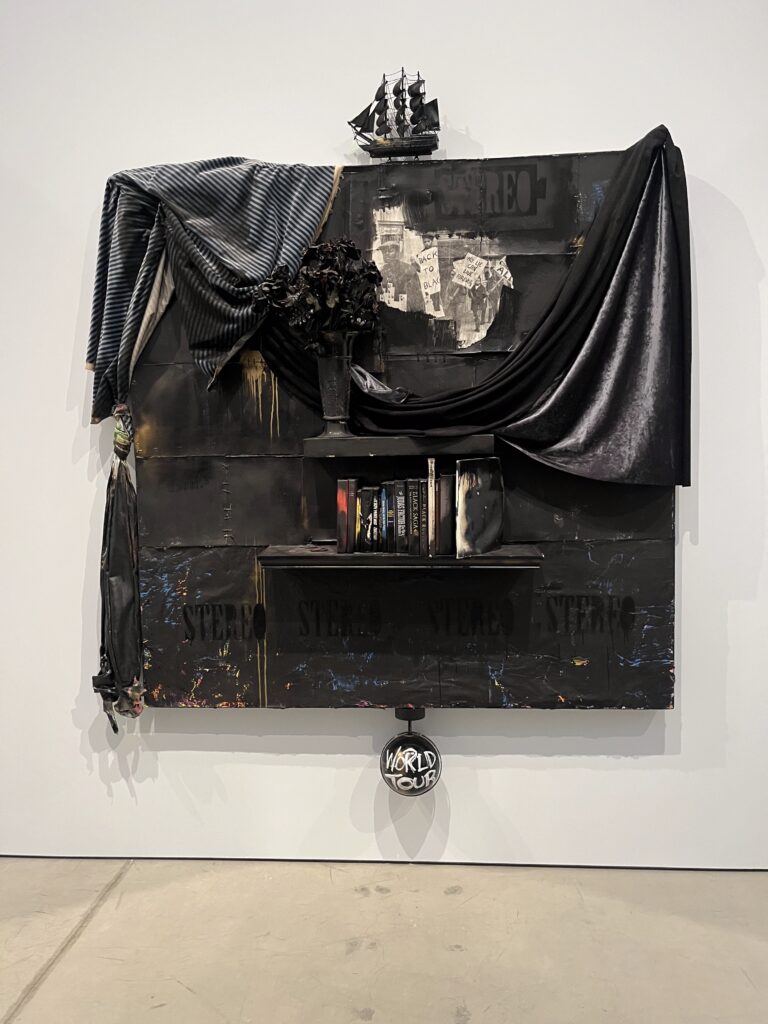
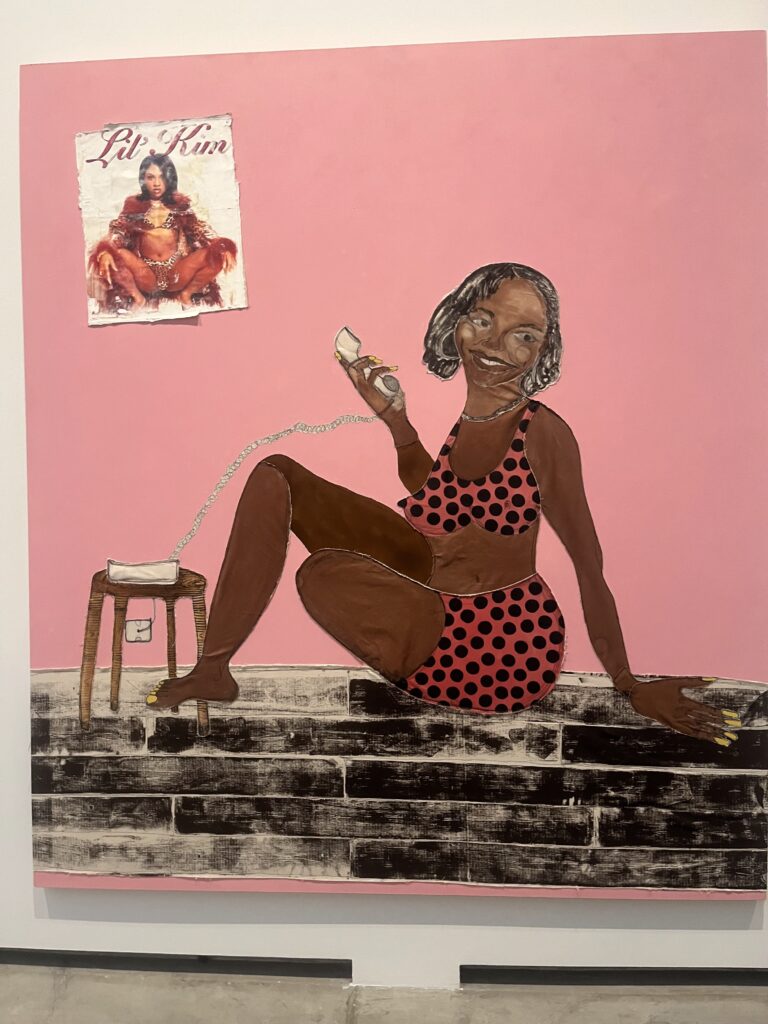

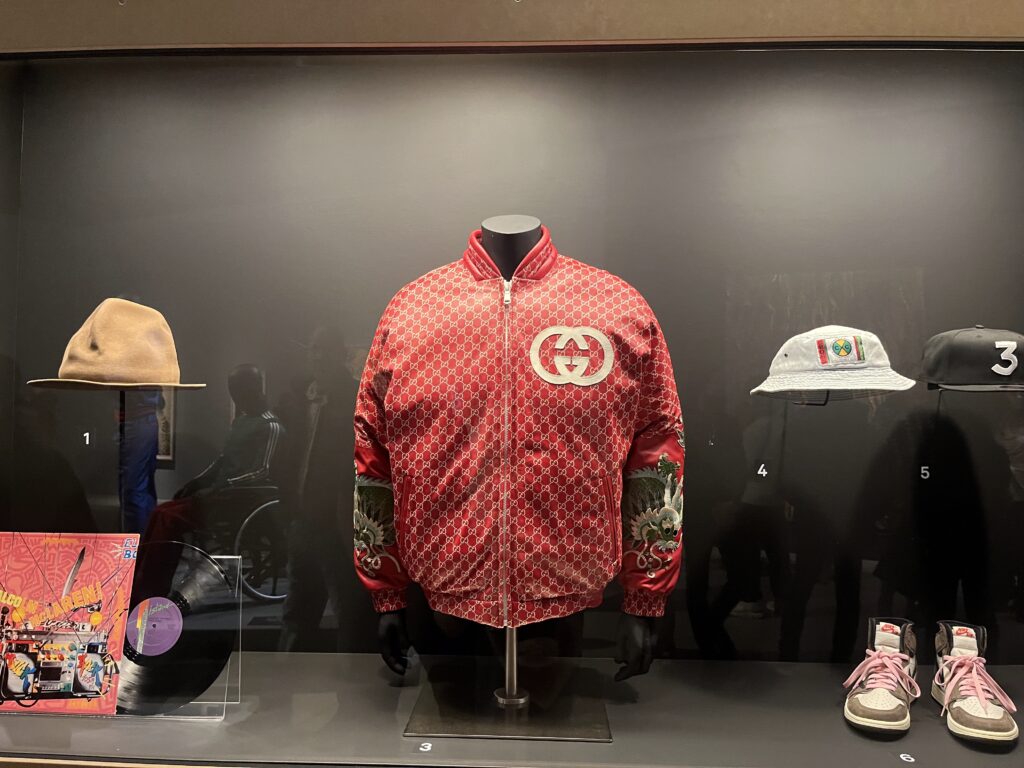
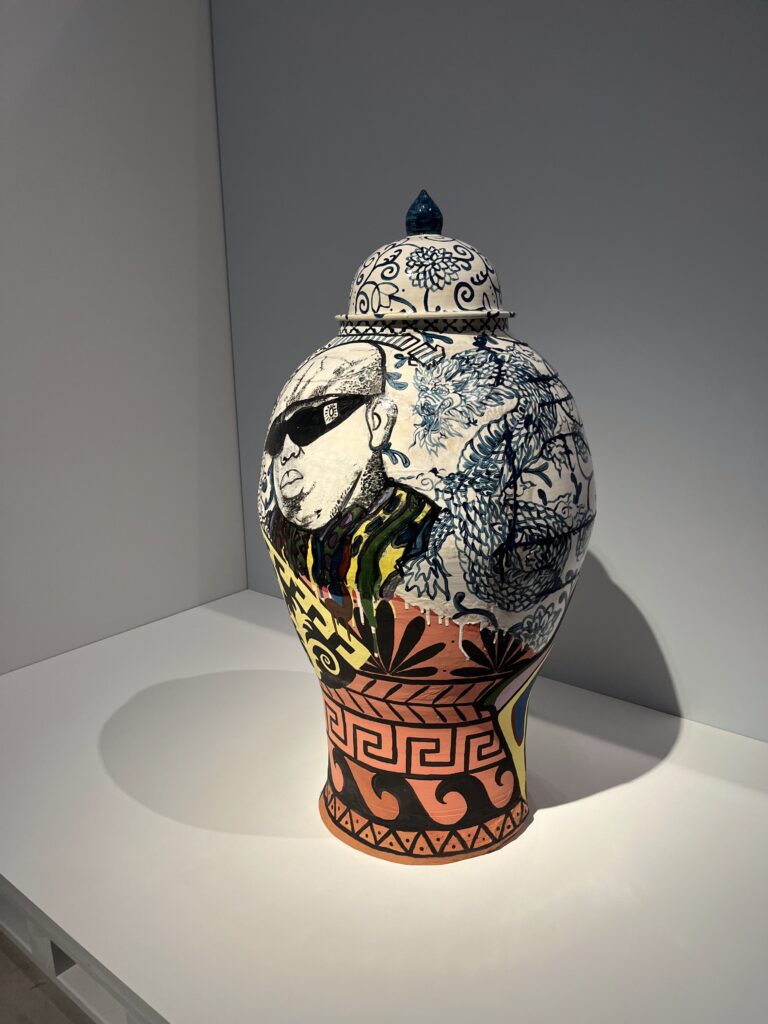
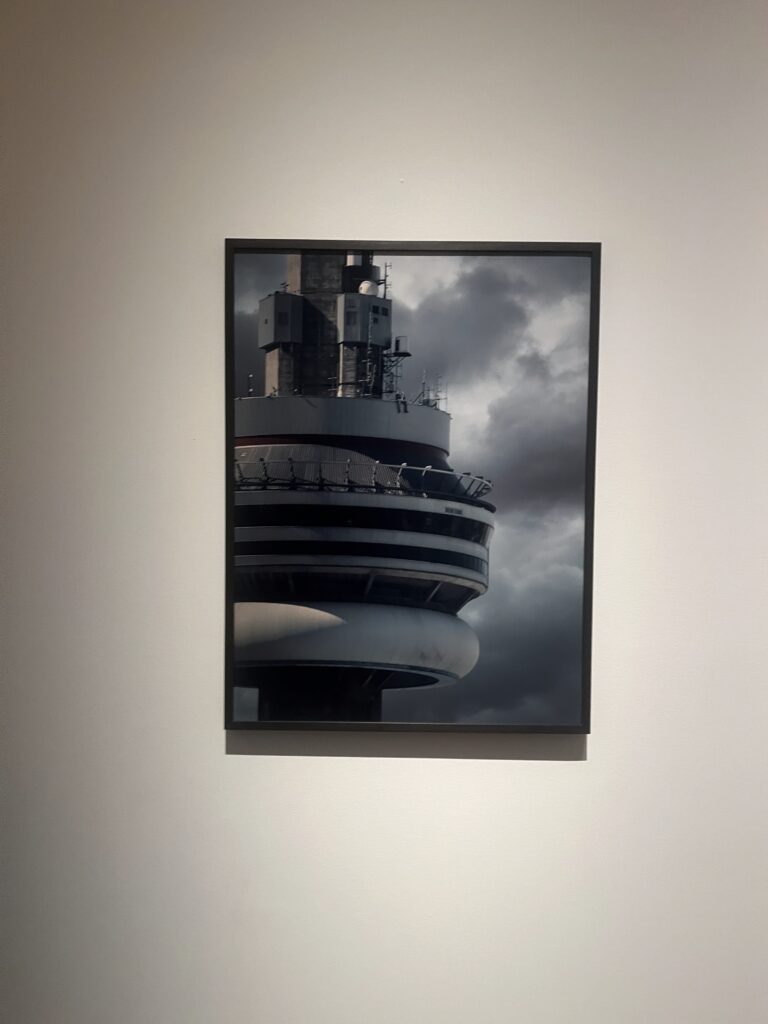
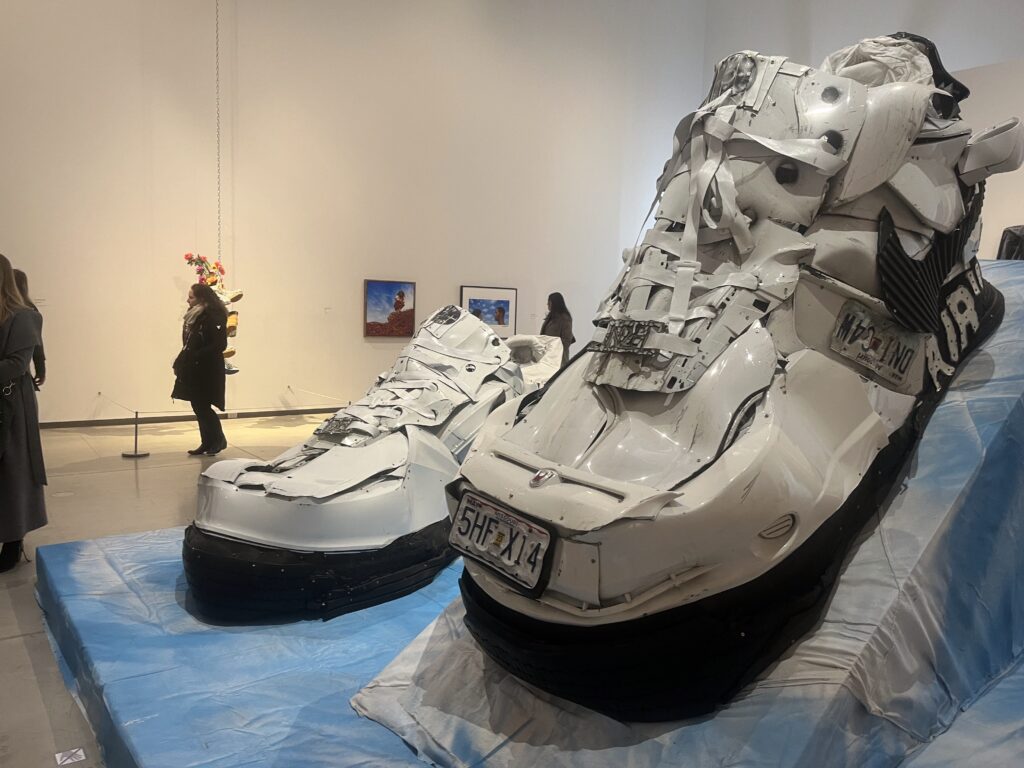
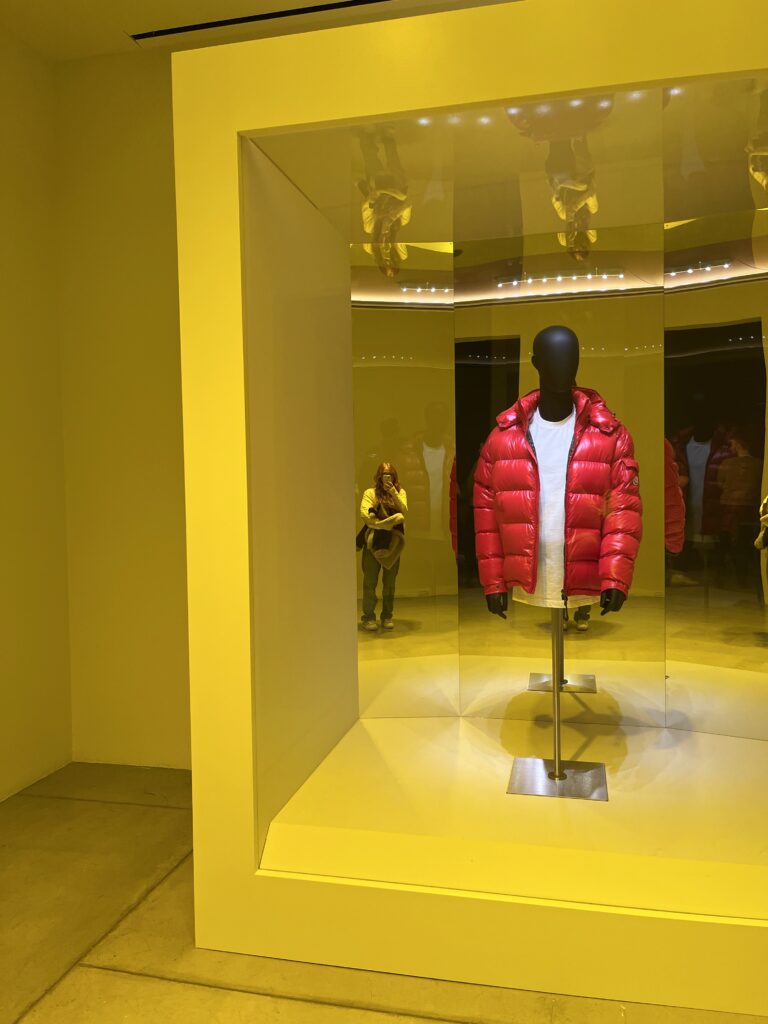
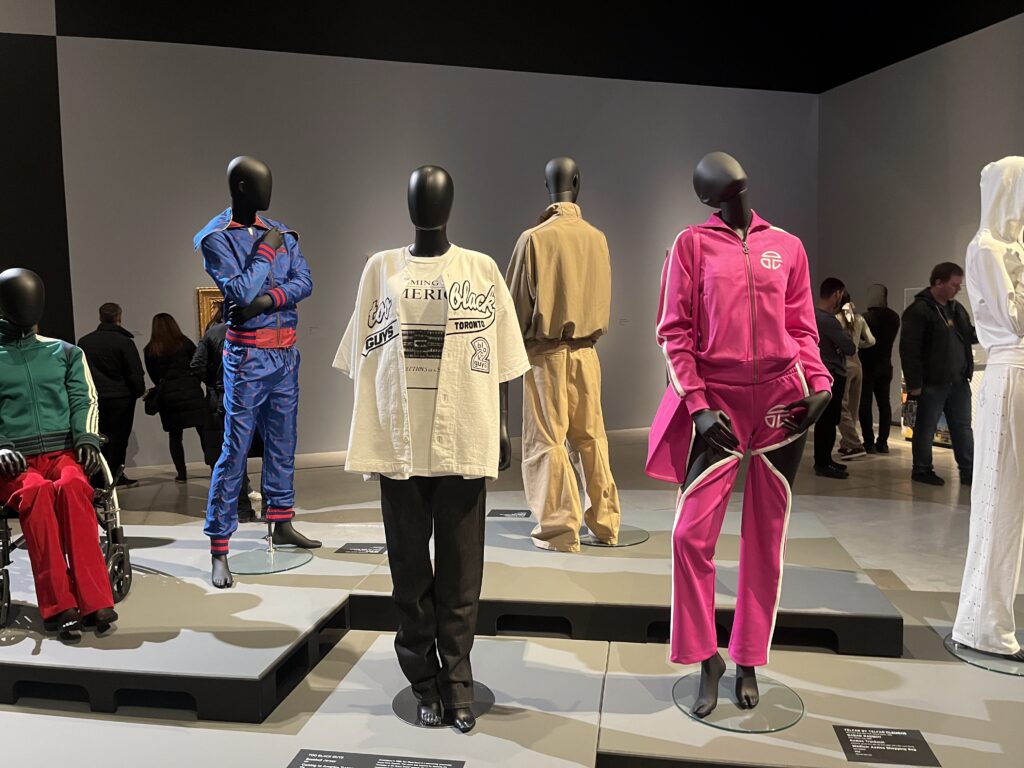
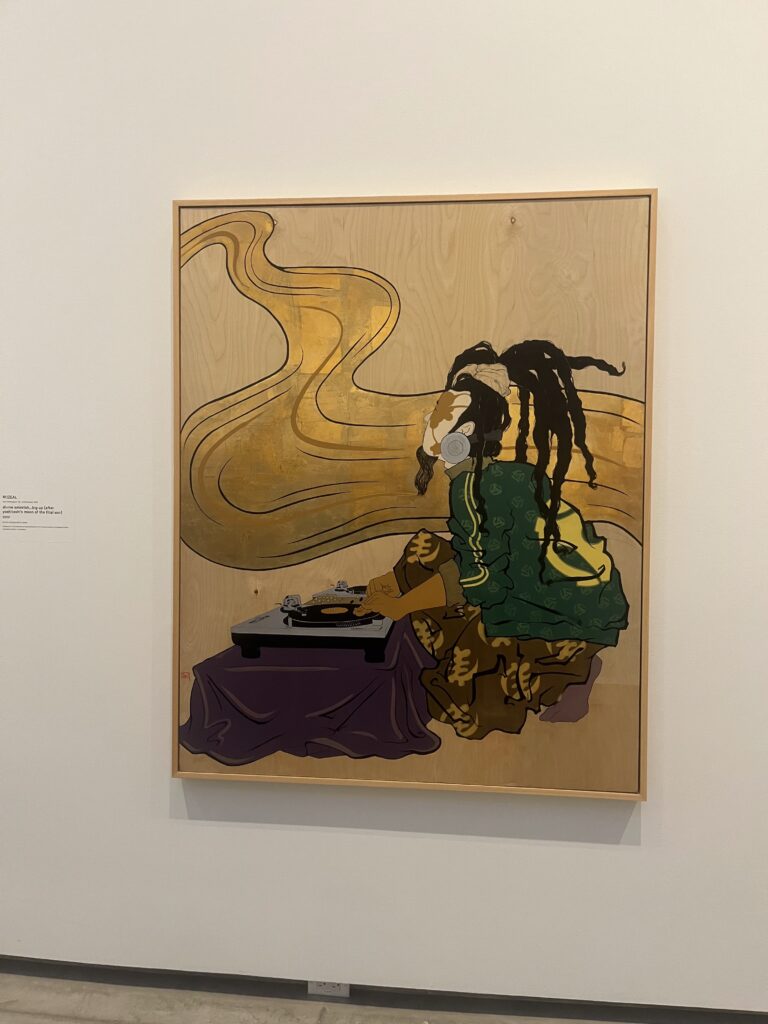
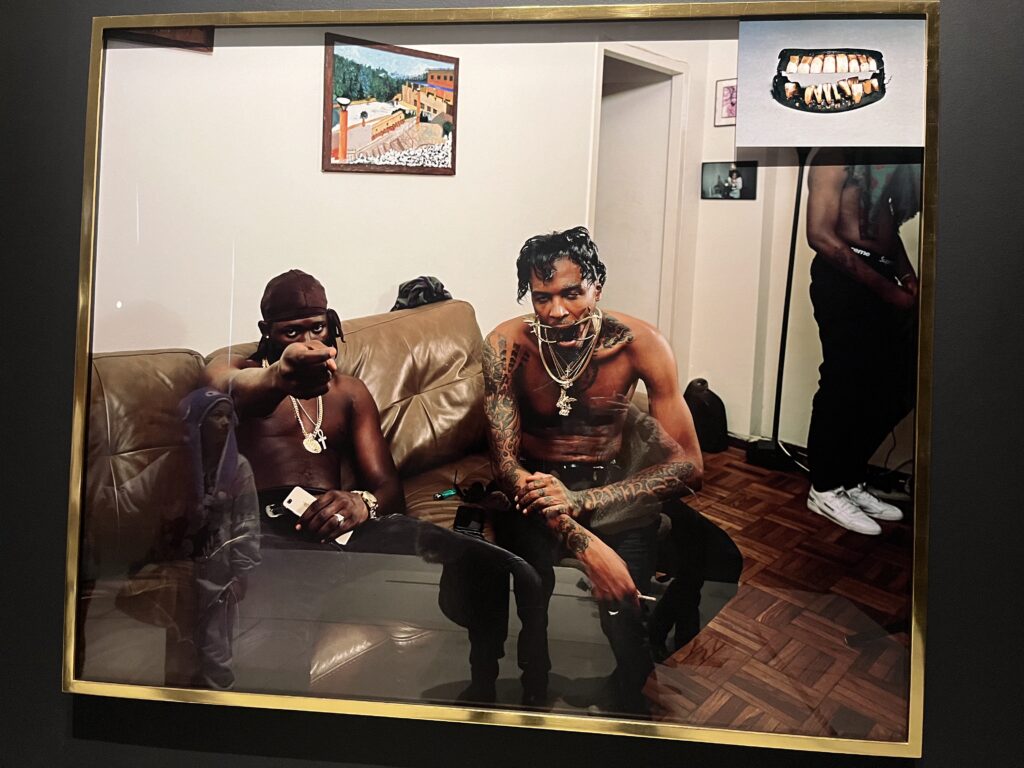
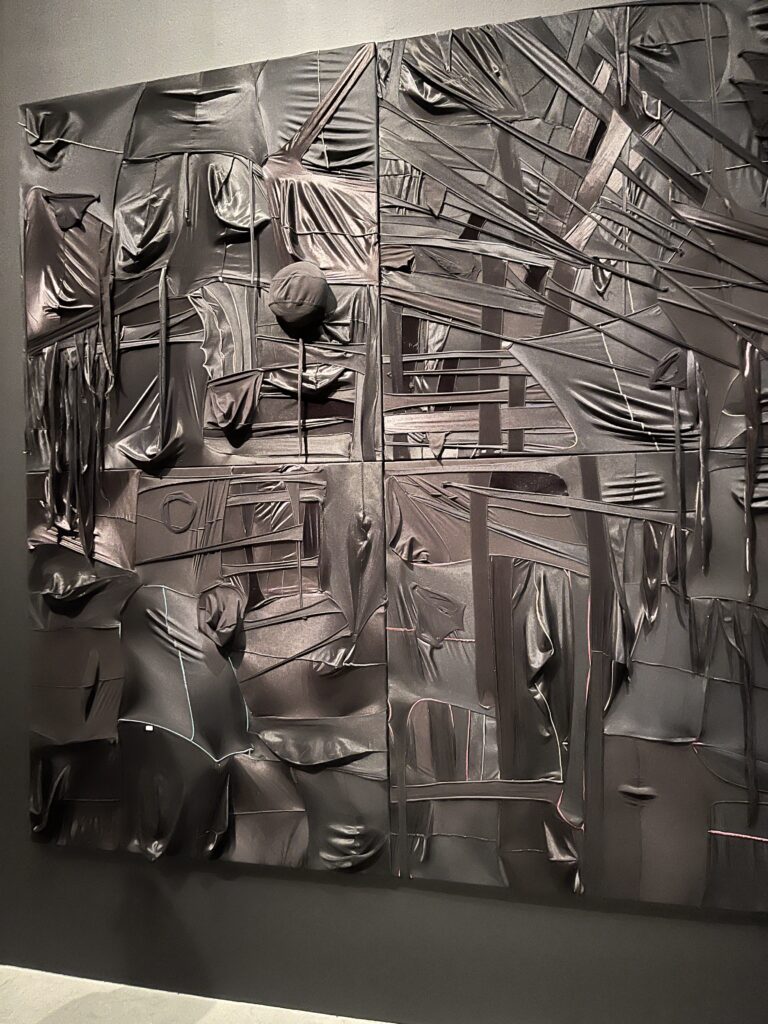
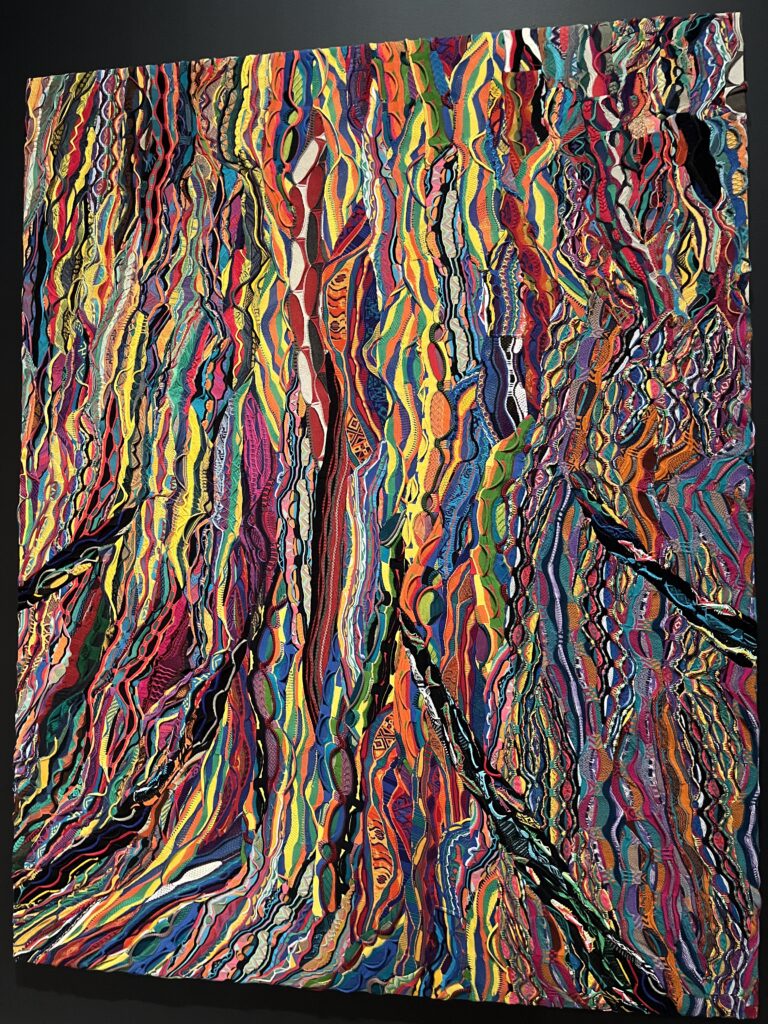

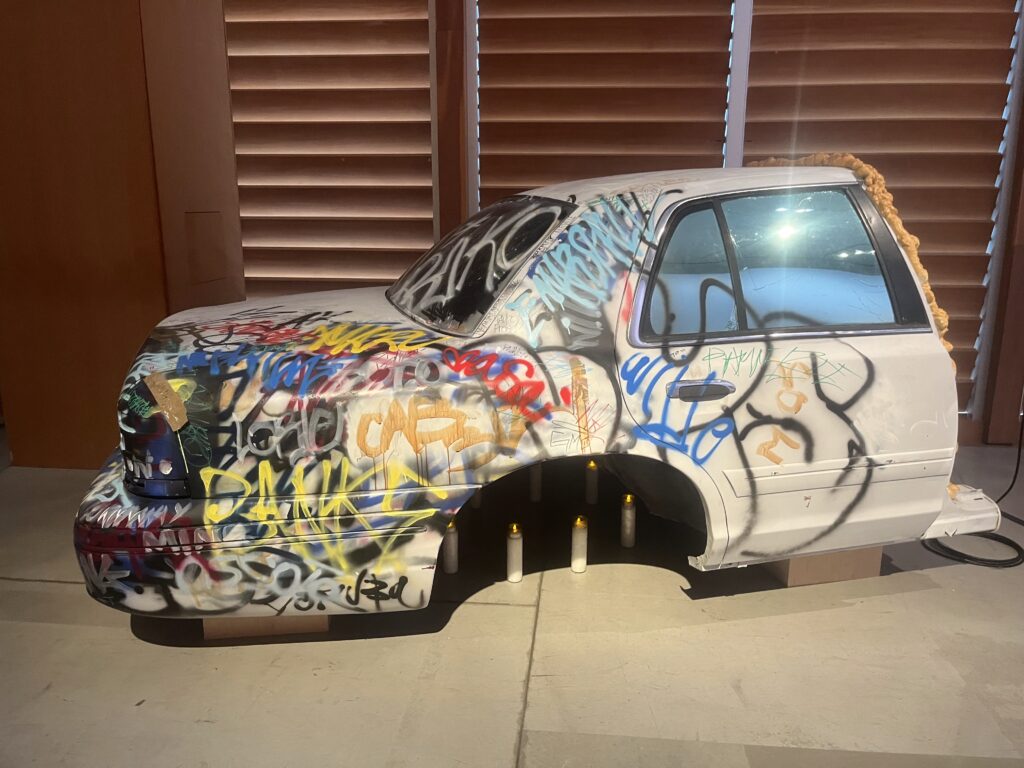
The Culture: Hip Hop and Contemporary Art in the 21st Century was an incredible exhibition at the Art Gallery of Ontario (AGO). The diversity of artistic styles and mediums showcased in the exhibition was striking, yet the pieces complemented each other seamlessly, creating a cohesive and thought-provoking experience. Among the many works on display, four pieces stood out to me: Nation, Live Culture Force 1’s, DJ Screw in Heaven, and Don’t Talk To Me About No Significance Of Art. Nation, created by Deana Lawson in 2018, is a pigment-based inkjet print collage that delivers a powerful visual statement. The piece depicts two men seated on a couch, gazing directly at the viewer. The man on the right has his mouth held open by a dental tool called a cheek retractor. In the upper right corner, an image of George Washington’s dentures is included- a chilling reference to the brutal history of American Slavery, as Washington’s dentures were made using teeth taken from enslaved Black people. This work forces viewers to confront the uncomfortable reality of how historical figures like Washington continue to be glorified despite their deeply troubling legacies. Another standout piece was Live Culture Force 1’s by Aaron Fowler (2022), which was constructed from recycled materials in honour of the artist’s late brother. The sheer scale of this piece was breathtaking, and the effort behind sourcing and assembling the materials was evident in its meticulous craftsmanship. DJ Screw in Heaven by El Franco Lee II (2008) also caught my attention. Created using acrylic and vinyl record on canvas, this piece serves as a tribute to the legendary DJ Screw. The artist’s comic book-inspired style adds a dynamic and engaging element, drawing the viewer into the scene and reinforcing DJ Screw’s large influence on hip-hop culture. The final piece that resonated with me was Don’t Talk To Me About No Significance Of Art by Shirt (2021), an inkjet print on canvas. This work stood out for its bold use of text, directly questioning the authority that determines what qualifies as “significant” art. Shirt based this piece on a 1922 issue of the experimental arts journal Manuscripts (MSS), a publication that featured debates on art and photography. By responding to this historical discourse through a text-based artwork, Shirt challenges conventional artistic hierarchies, particularly regarding rap music’s place in the art world. Overall, this exhibition was both visually and intellectually stimulating, showcasing how hip-hop continues to shape contemporary art in profound ways. I thoroughly enjoyed it and look forward to exploring future AGO exhibitions.
Internet Video Project: Rage Quit
This internet video art piece explores video game streamer culture, specifically the phenomenon of “rage quitting.” Rage quitting occurs when a player, frustrated— often by having to restart a level or other in-game setbacks— reacts with anger, sometimes violently. The video begins with mild expressions of frustration, such as swearing or lightly hitting a table, and progressively escalates to extreme outbursts, where gamers destroy expensive equipment in fits of rage. The piece is structured in a four-screen layout to heighten the sense of overstimulation. This format prevents the viewer from focusing on a single screen, creating a chaotic and immersive experience. The videos are also in constant flux, further intensifying the overwhelming effect. A striking aspect of the piece is that every individual featured is male or male-presenting. Watching these men erupt in destructive anger-breaking not only their gaming setups but sometimes even harming themselves-becomes both unsettling and difficult to ignore. In this context, the work serves as a commentary on male rage, particularly in the current political climate, where discussions around masculinity and aggression continue to evolve.
Response to Esais’s Internet Video:
The video’s cyclical structure mirrors the act of breathing, alternating between disembodied breath sounds on a black screen and fragmented footage of individuals inhaling and exhaling. This repetition highlights both the presence of the body and the shared nature of breath. Breath has been a recurring theme in art, explored by various artists. This work, for example, recalls Bill Viola’s The Passing (1991), where breath serves as a bridge between life and death. It also shares elements with Marina Abramovic’s Breathing In/Breathing Out (1977), which explores the intense intimacy of shared respiration. In a similar way, this piece connects the personal and the collective-while the black screen and layered voices create an intimate and individualized experience, the introduction of fragmented video clips transforms it into something shared and universal.
Beginning with a black screen and isolated breathing immerses the viewer gradually, forcing them to listen attentively to the rhythmic, intimate, and sometimes uncomfortable qualities of breath before linking it to a physical body. The shift to human figures makes the act of breathing more tangible, yet when presented on-screen, it also takes on a performative quality. The editing reinforces this theme of “universal breath,” balancing intimacy and emotion with the physicality of breathing. The transitions between clips feel smooth rather than jarring, and the variety of shots some close-ups of mouths, others showing full bodies adds depth to the experience. By presenting breath from multiple perspectives, the video allows the viewer to consider it both as a personal, bodily function and as a broader, collective act.
One question that arises is what aspect of internet culture is being referenced. The emphasis on isolated sounds makes me wonder if the piece is drawing from ASMR culture, which similarly heightens awareness of specific bodily noises. However, if you intended a different connection, I would be curious to know what other influences were at play.
My Crops Are Dying But My Body Persists:
After watching Bridget Moser’s My Crops Are Dying But My Body Persists and reading Charlene Lau’s commentary in Artforum, it becomes evident that Moser appropriates various tropes from internet culture. She draws on ASMR trends, incorporating common elements such as handling a rubber or silicone mouth while wearing gloves and speaking in an exaggeratedly sultry voice – distinctive elements of the genre. Additionally, her use of soft pink tones, a minimalist interior, and a centered camera framing her in silky pajamas amid rose-colored decor evokes the aesthetics of influencer culture, particularly “get ready with me” videos. However, rather than creating an atmosphere of relaxation or aspirational beauty, Moser subverts these tropes. She contorts herself uncomfortably on the couch, moving and touching it in a way that Lau interprets as an attempt to “feel something” in a world where intimacy and connection were already elusive even before the pandemic (Lau, 2020).
Moser also critiques whiteness throughout the video, notably in a sequence where she handles white bread and sticks bandages onto it-a moment Lau describes as a “sly joke on white fragility” (Lau, 2020). At the same time, she ridicules the grotesque self-exposure of whiteness while examining the performative nature of guilt and activism. This is especially apparent in her re-creation of Robbie Williams’ Rock DJ music video, where she dons a skinless muscle suit as a robotic text-to-speech voice declares, “The antidote to guilt is action.”
Physically, the video provokes discomfort. Moser’s sensual interactions with objects-stroking a couch, caressing a skull with a prophylactic glove filled with baked beans- made me feel both amusement and unease. Her ability to take familiar internet comfort genres, such as ASMR and influencer-style videos, and strip them of their intended soothing effect is striking. Lau characterizes Moser’s work as “parodies of ‘haute’ consumerist taste” (Lau, 2020), exposing the artifice behind luxury aesthetics and revealing them as little more than carefully orchestrated illusions.
Lau, C. K. (2020, September 1). Bridget Moser. Artforum.
https://www.artforum.com/events/bridget-moser-247483
Parent Video Brain Storm:
Archival footage
– videos of me and my sister dancing: use dads composed music?
– videos of us playing the piano: overlay this with fathers music? Him performing on stage?
- Youtube channel: recreate my fathers videos such as his performances, or his acting videos
Teach:
- Have my mother be taught by my father how to draw
- Have my mother teach my father how to cook a portuguese dish
- have myself follow one of his how to art videos without seeing what he is doing
Stories:
- Something to do with my mothers immigration story
- My grandmother as an artist, my father as an art teacher, me as an art student and make a connection? Videos of our art trying to reveal similarities
Fathers medical scare (Cancer) and surgery
- Archival footage during that time (40th birthday, playing etch)
- Mouthing words?
- Involve sister somehow (include her as an “audience” watching)
Parent Video: A Note For My Younger Self
https://drive.google.com/file/d/1XNlcBEbydY9pU91EGJeV-1g0QpTLFcg5/view?usp=sharing
This video features a voice recording of my father recounting his experience with a medical scare and resulting surgery– a story that, until now, was largely hidden from me and my sibling. I was too young at the time to fully understand what was happening, and this recording marks the first time I have heard his full account. In the video, I sit still at the center of the frame, lip-syncing to my fathers words– as if his voice is coming through my body. I act both as a vessel for his story and a stand-in for his presence. At the same time, archival footage of my father, sister, and me playing and laughing together is projected over my face. The footage shows us happy and unaware of what my father was going through. In a way, it feels like I am speaking to our younger selves– still playing, still unaware. Within this footage, there are small, fleeting moments– like a glimpse of my father’s bandage on his arm as he reaches across the frame to tickle us. This detail feels like a quiet confession, revealing the truth in subtle ways, even though it was never spoken aloud. The difference between my father’s calm narration and the innocent archival footage highlights the gap between what we remember, what was kept hidden, and what we absorbed without realizing. Overall, this video piece shows how both archival footage and the body can work together to release stories that have been hidden or left unspoken. Once the full story is known, the footage itself begins to change– shifting from something purely happy, fun, and blissful to something subtly marked by my father’s hidden pain.
Tattoo brain storm:
Shoe prints walking along back turns into a sculpture when placed feet on parts of body

Tape
Door (different doors) open or some doors open some doors closed
Tattoo bra straps
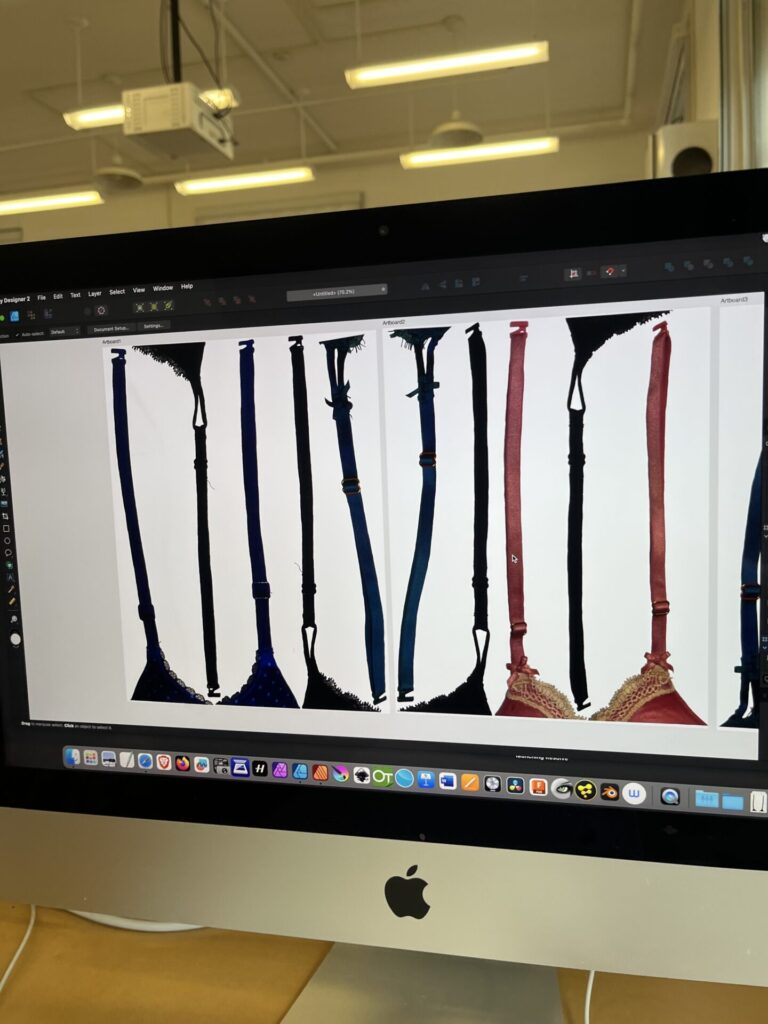
Tattoos: Bra Straps
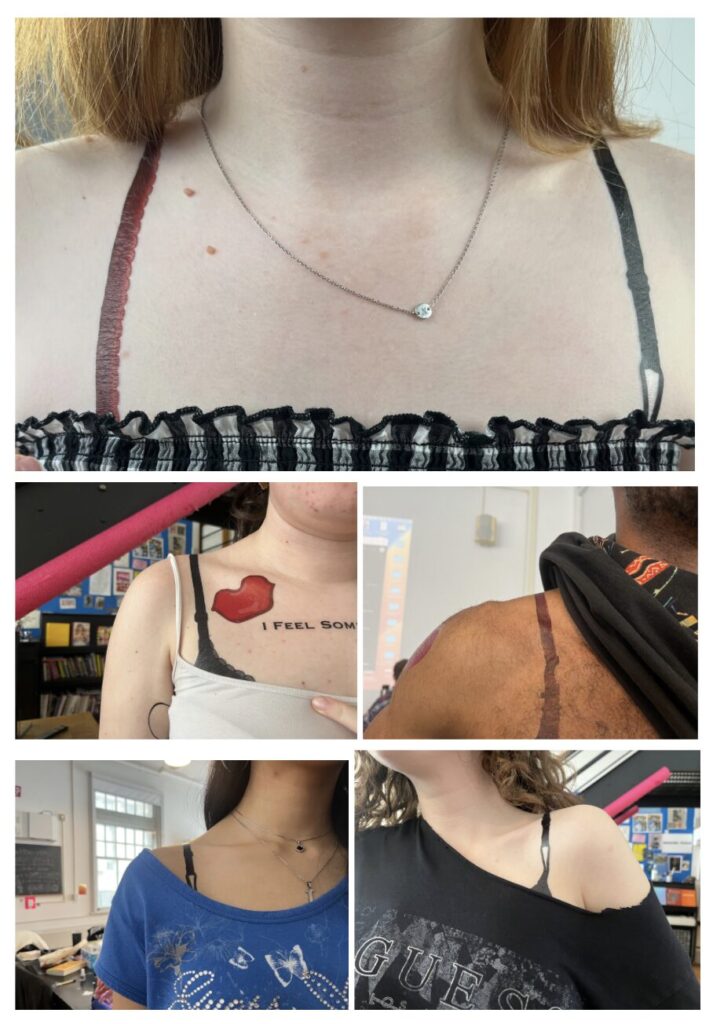
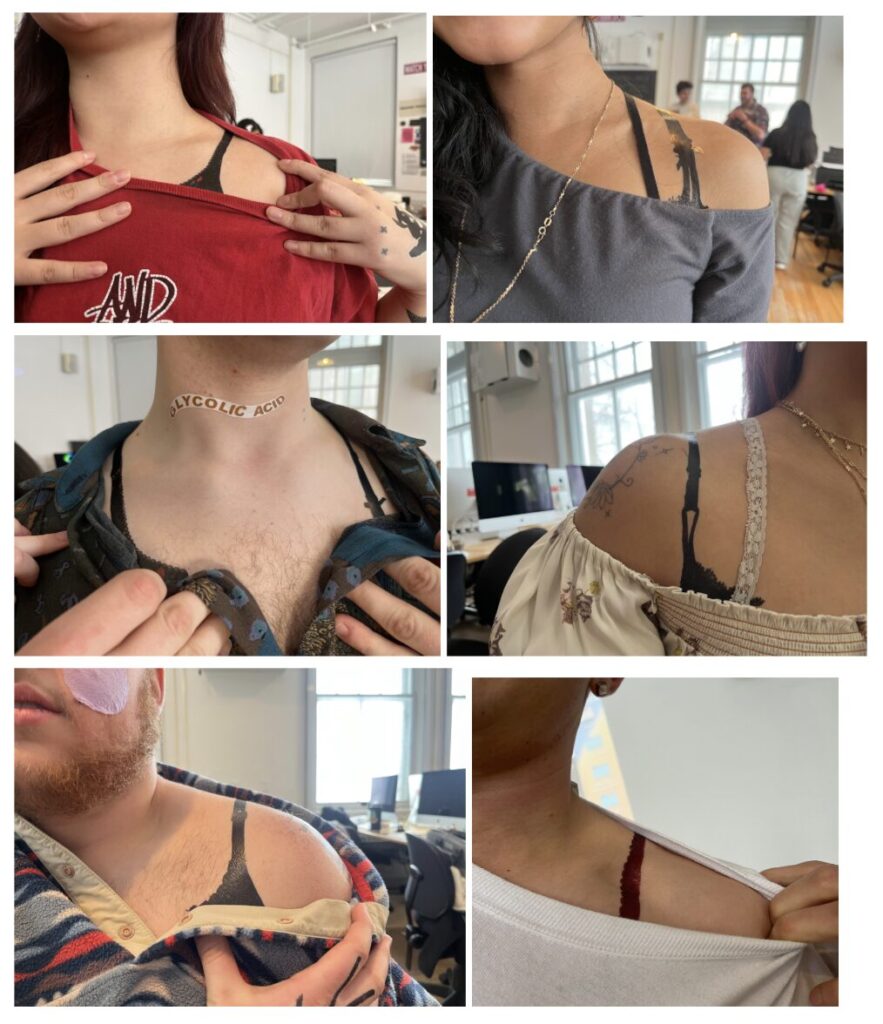
For this project, I created temporary tattoos of my own bra straps, inviting people to apply them to their bodies however they chose– some matched the colours, some mixed them up, and others chose to wear just one. It was a playful and participatory piece, but also deeply personal. Seeing people of all identities walking around with what is often considered a private part of my daily wear was both strange but impactful. The tattoos looked surprisingly real, creating the illusion that participants were actually wearing bra straps. That realism, combined with public visibility, turned the piece into a subtle act of protest. Visible bra straps are often judged and linked to words such as “slutty,” “trashy,” or scandalous.” This project reclaims that visibility, questions those labels, and challenges the way everyday parts of femme-presenting bodies are policed.
